Agent Orange was a toxic herbicide used by the U.S. military during the Vietnam war from 1961 to 1971. The U.S. operation codenamed “Operation Ranch Hand” sprayed more than 20 million gallons of Agent Orange and several other toxic herbicides over Vietnam, Cambodia and Laos. These deadly herbicides destroyed and infected more than 4.5 million acres of Vietnamese land, forests, water sources, and food crops, which were the main source of food for combatants and millions of Vietnamese. Over 400,000 people died as a result of exposure to these toxic chemicals and starvation. In addition, half a million children have been born with serious congenital disabilities, and over two million people are suffering from cancer and other illness caused by Agent Orange.
Agent Orange and its harmful effects
During Operation Ranch Hand, U.S. military used Agent Orange, which was available in slightly different mixtures, sometimes referred to as Agent Orange I, Agent Orange II, Agent Orange III and “Super Orange.” The Agent Orange was manufactured with harmful ingredients, which caused plants to lose their leaves. The Dioxin in Agent Orange lasts many years in the environment and food chain. And it accumulates in fatty tissues in the bodies of animals, birds and fishes that humans eat. It can cause severe skin disease known as chloracne. Additionally, dioxin is linked to immune system dysfunction, never disorder, and heart diseases. Developing fetuses are particularly sensitive to dioxin, which is also linked to miscarriages, spina bifida and other problems with fetal brain and nervous system development.
In addition to Agent Orange, the U.S. military also used other harmful herbicides named Agent Green, Agent Pink, Agent Purple Agent Blue and Agent White. All of them had long-lasting effects on the environment.
Effects of Agent Orange on U.S. veteran’s health
The Agent Orange also effected the returning U.S military servicemen and their families. Several diseases were reported, including rashes congenital disabilities in children, cancer, Hodgkin’s disease, leukoma and other psychological symptoms. Chemical companies that manufactured these herbicides paid $240 million in compensation to the veterans and their families. In 2004, Vietnam filed a lawsuit against these chemical companies, but their case was dismissed after a year. In 2008 the U.S. supreme court also rejected their final appeal causing outrage among Vietnamese victims. The U.S. government refused to compensate Vietnamese victims of chemical warfare.
People are still suffering from the effects of Agent Orange even after 50 years of the Vietnam war. Here below are some of the photos of the victims of Agent Orange.


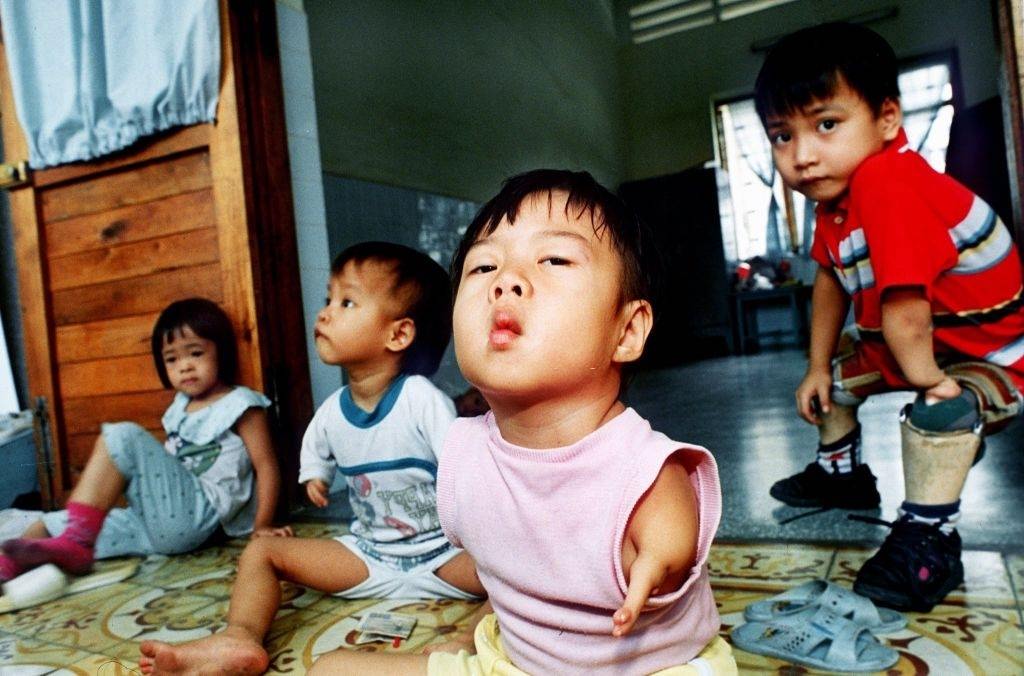
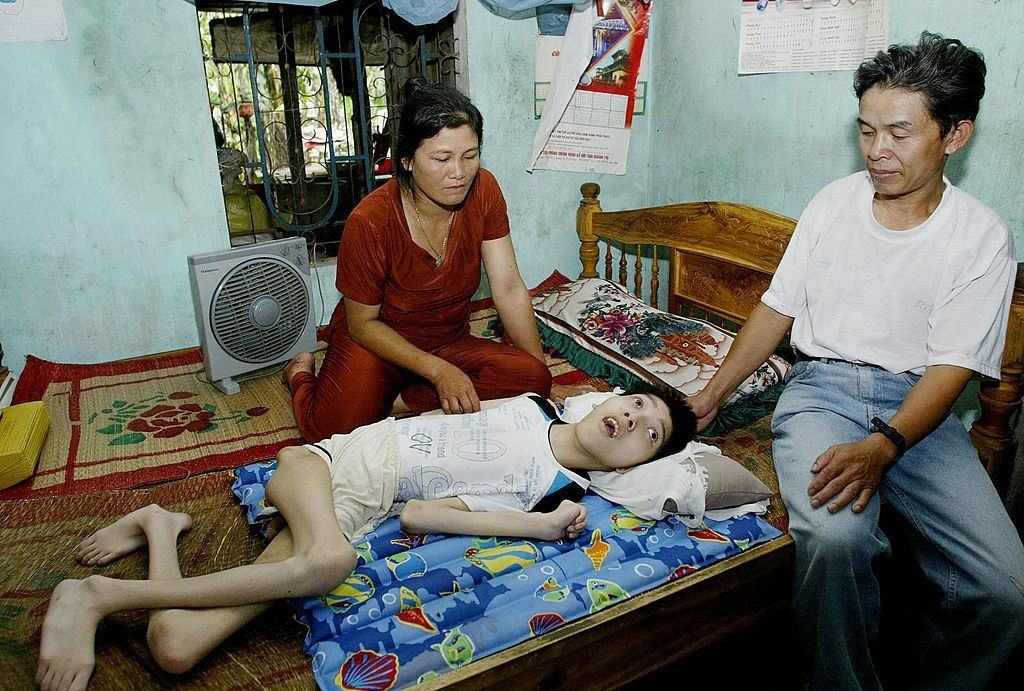
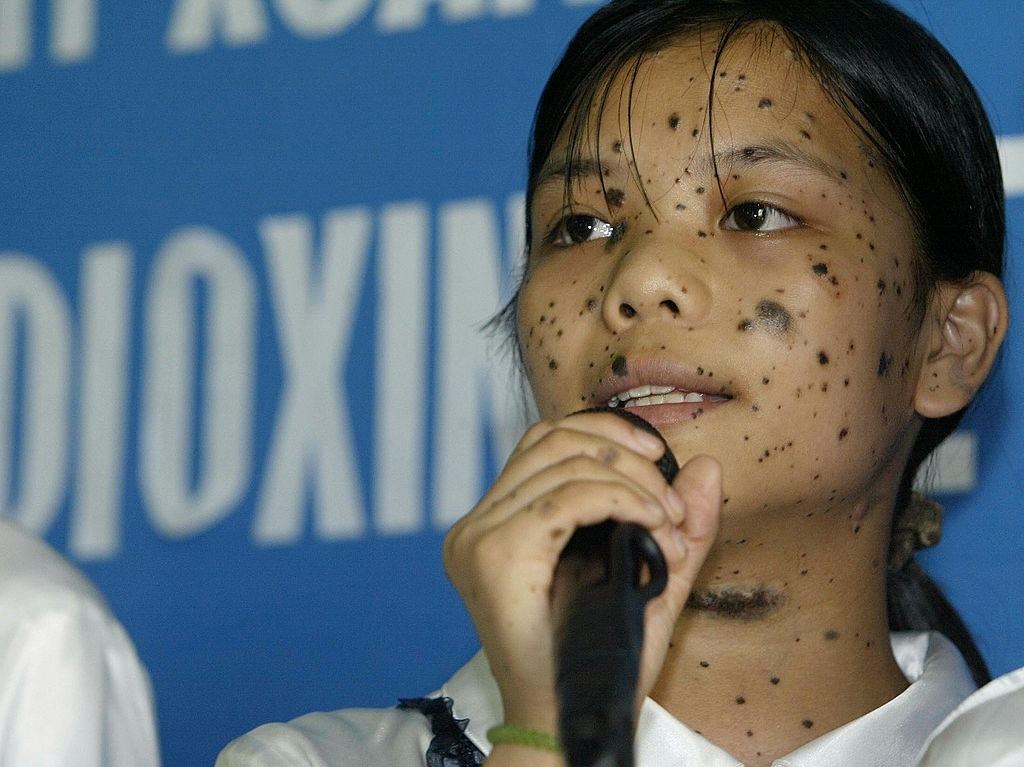
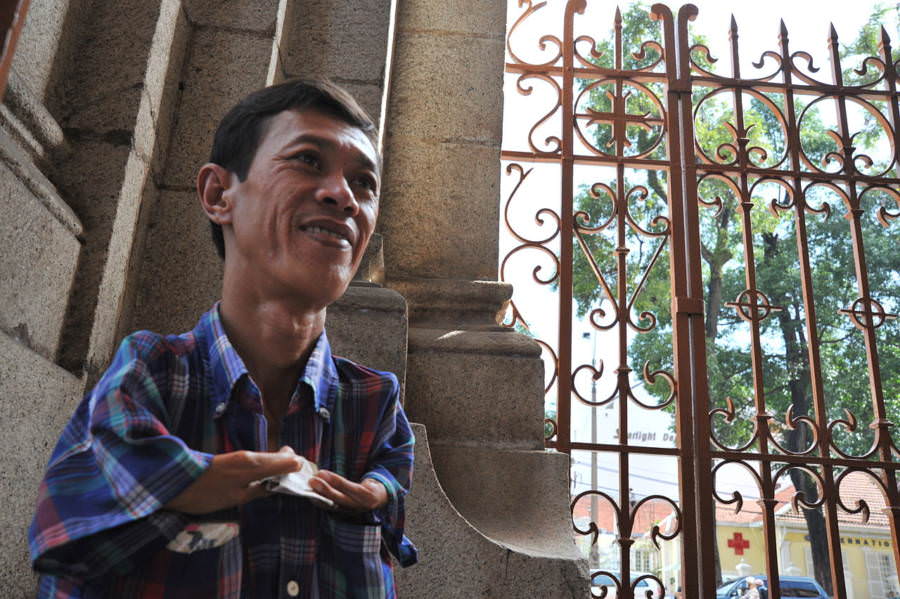
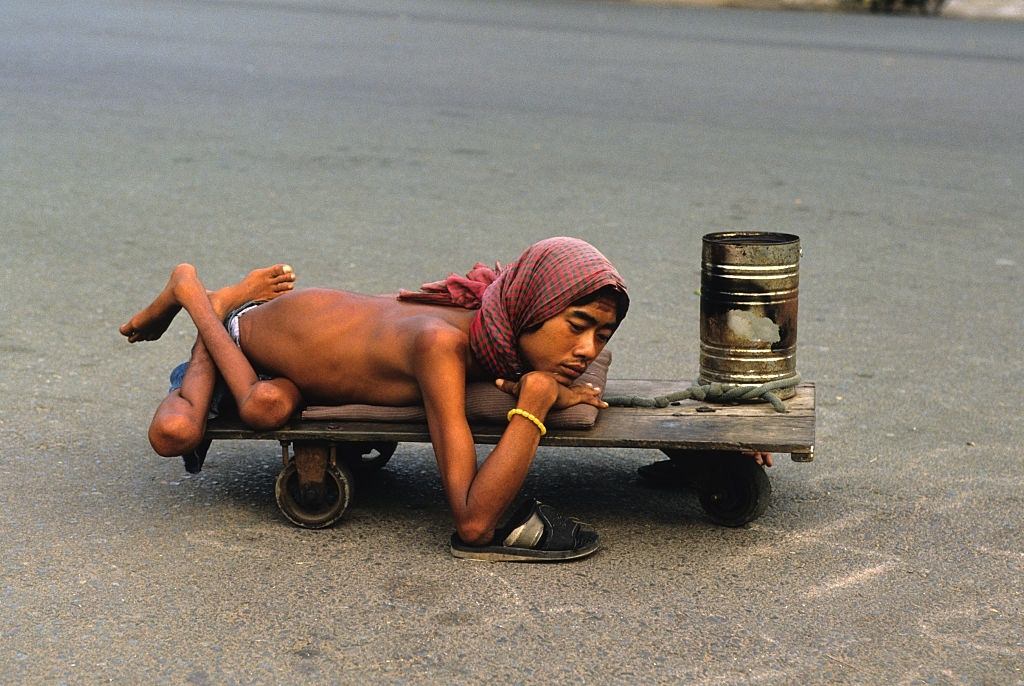
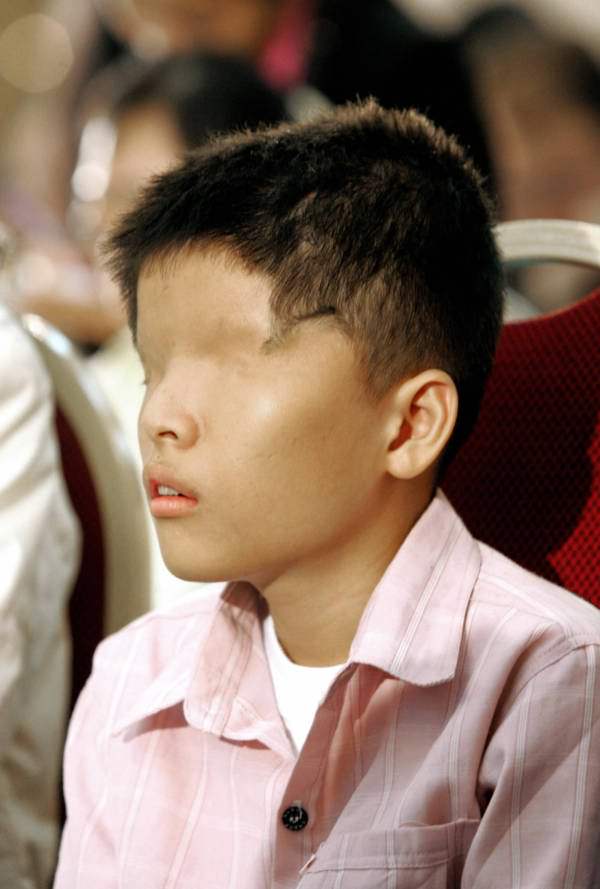
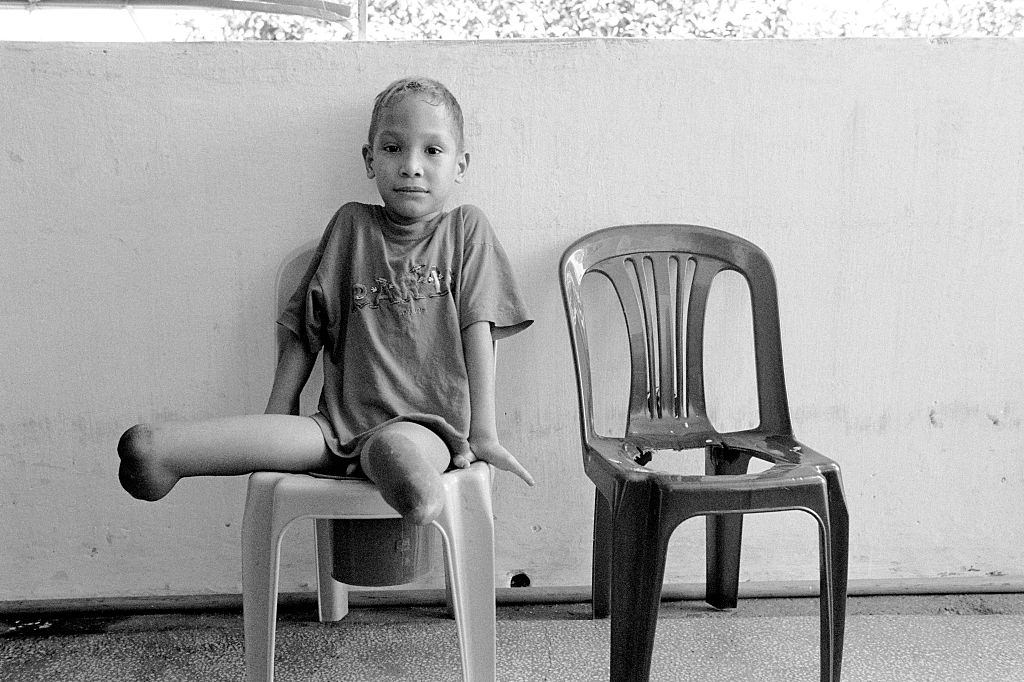
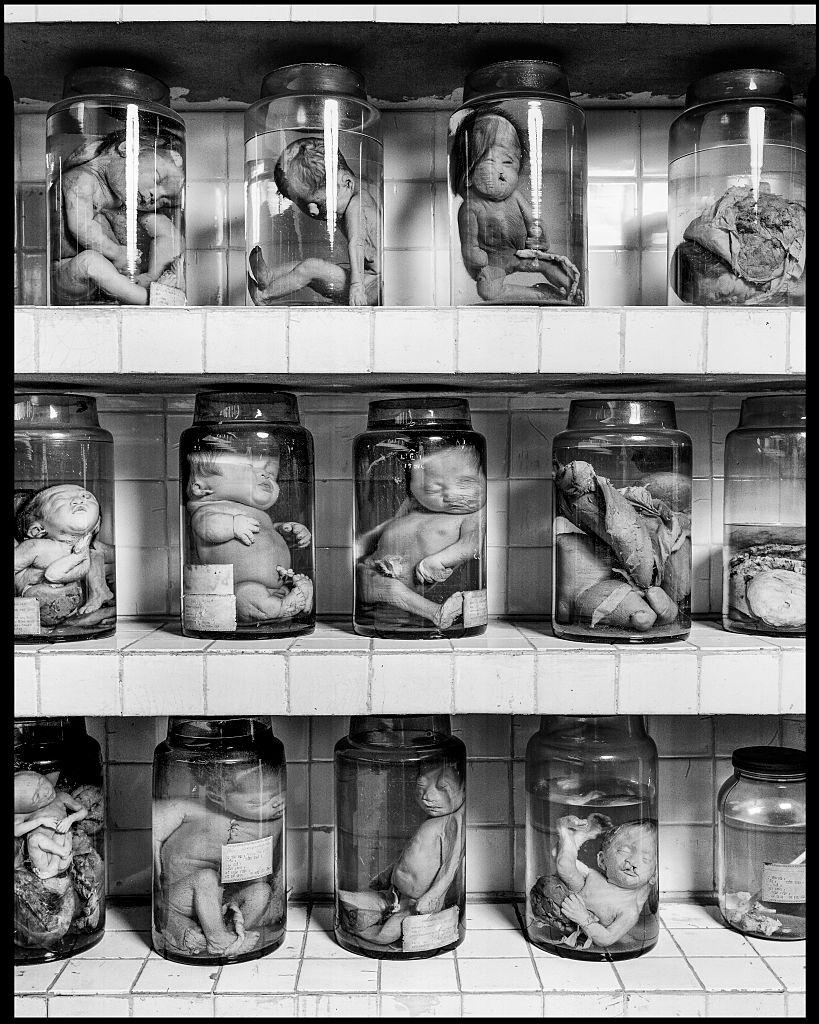
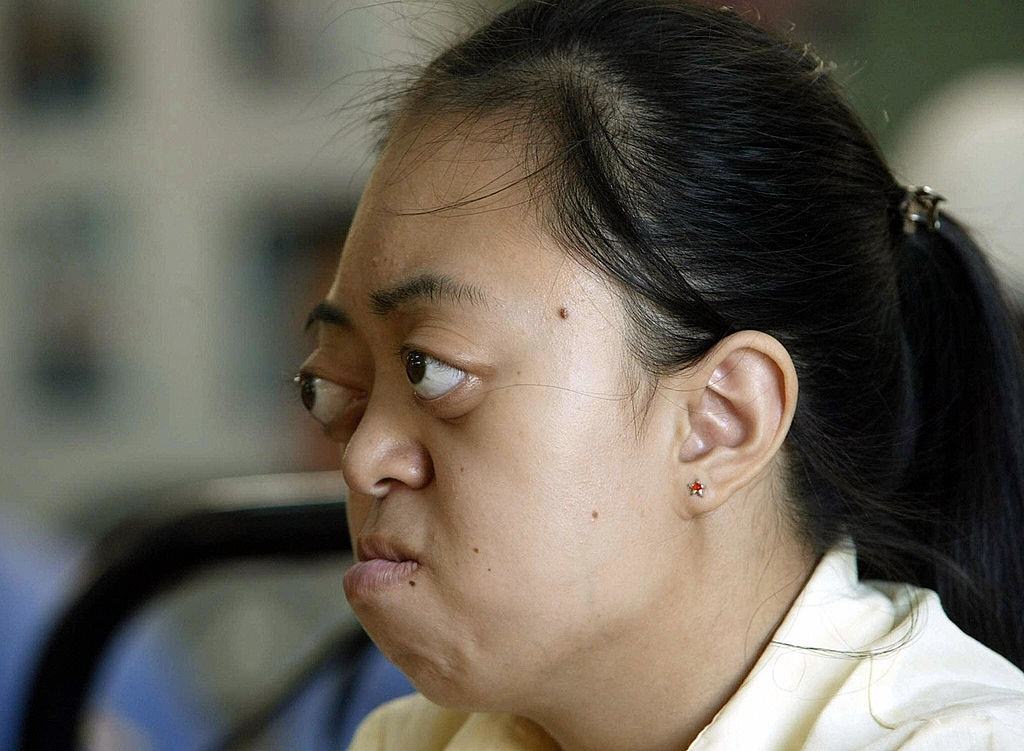
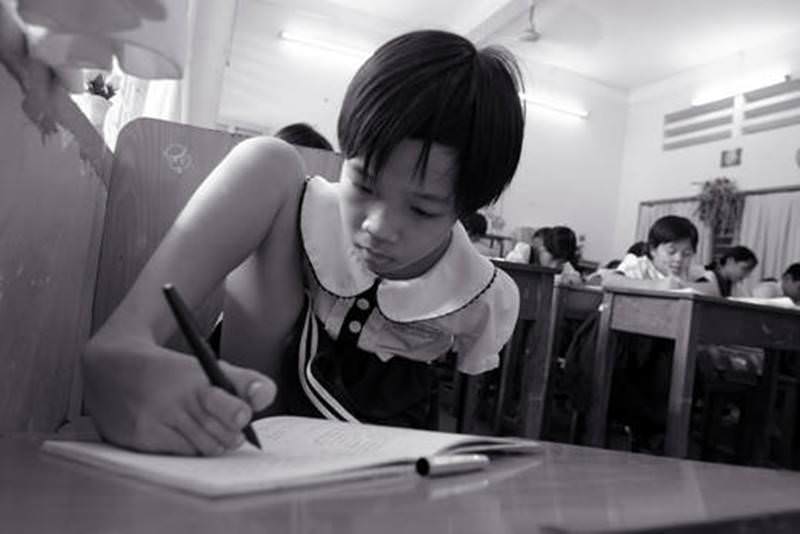
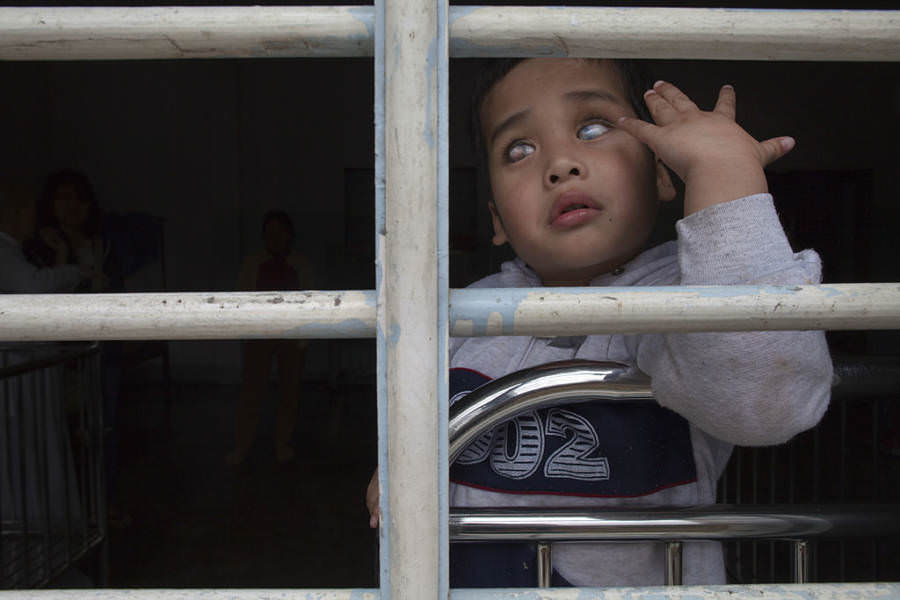
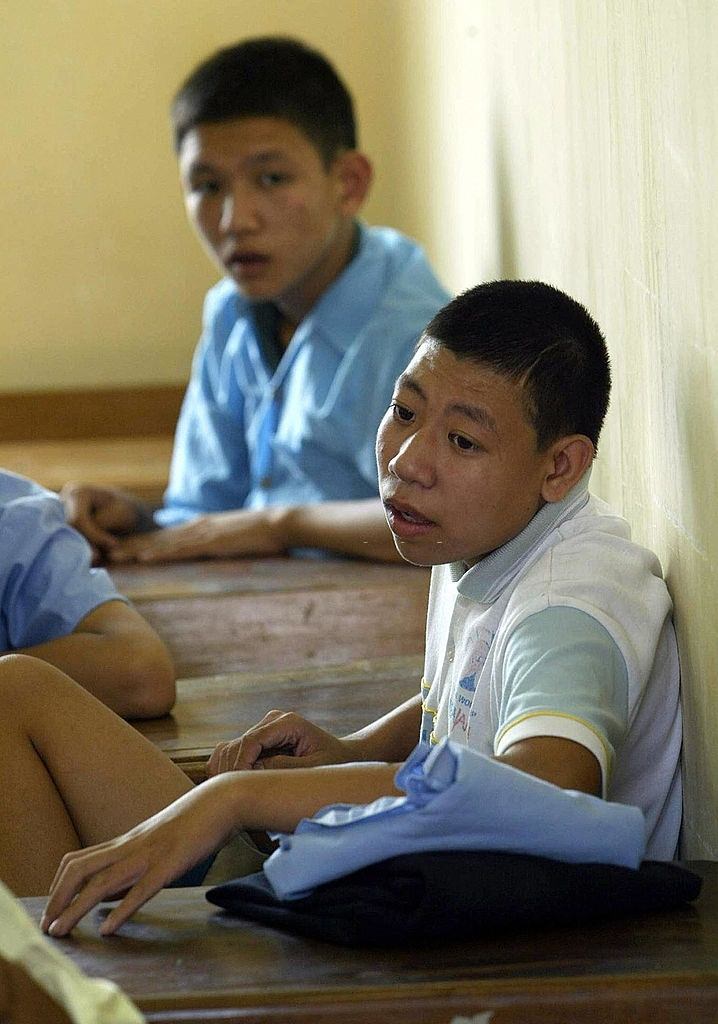
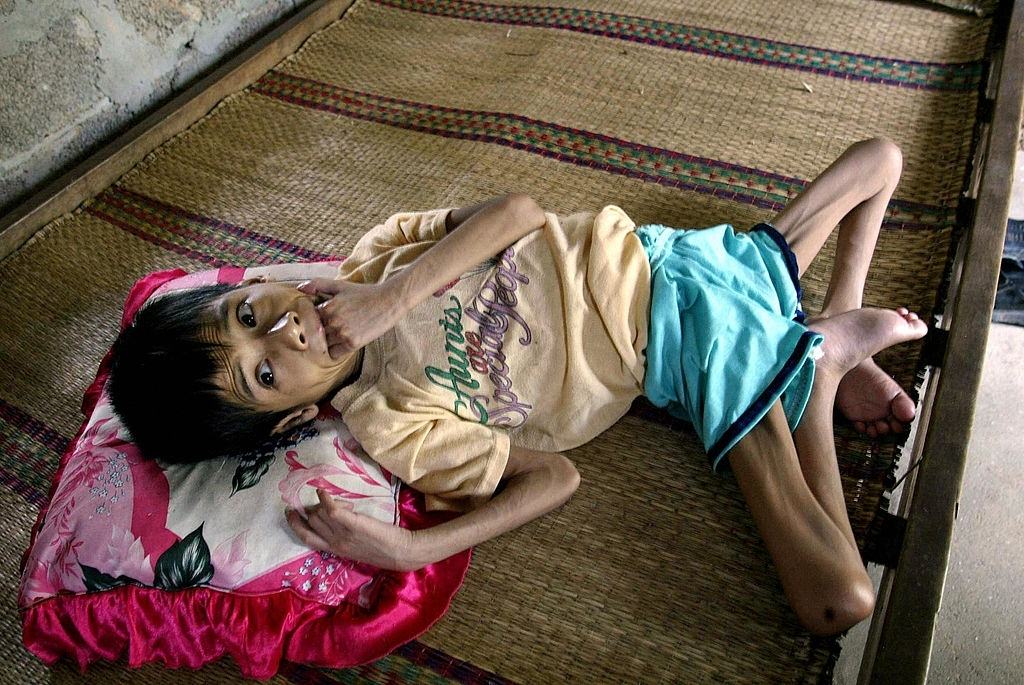
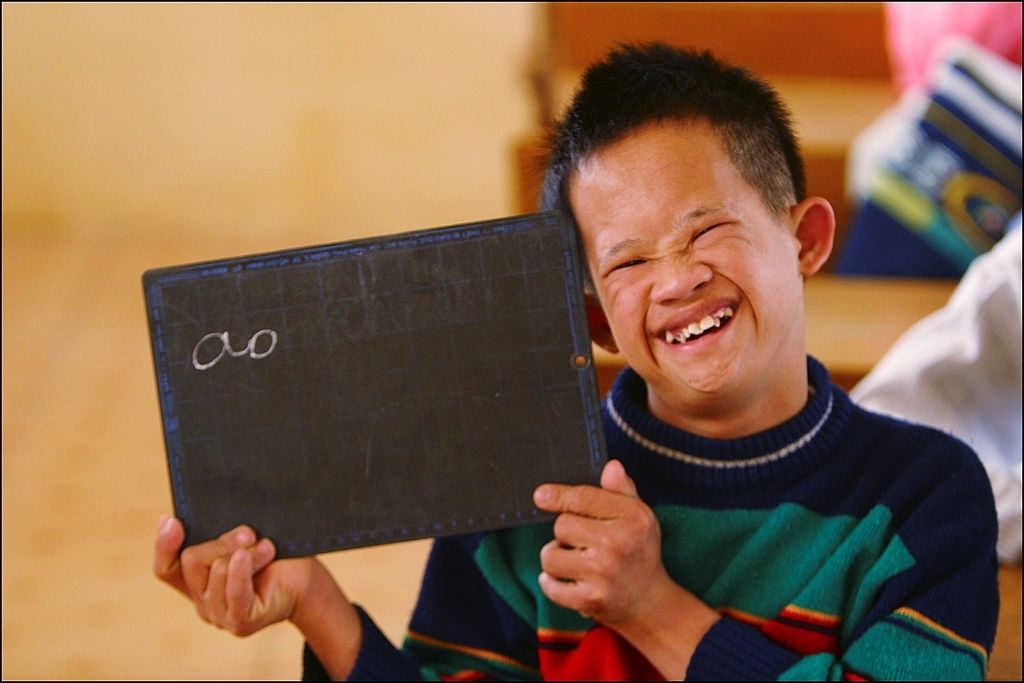
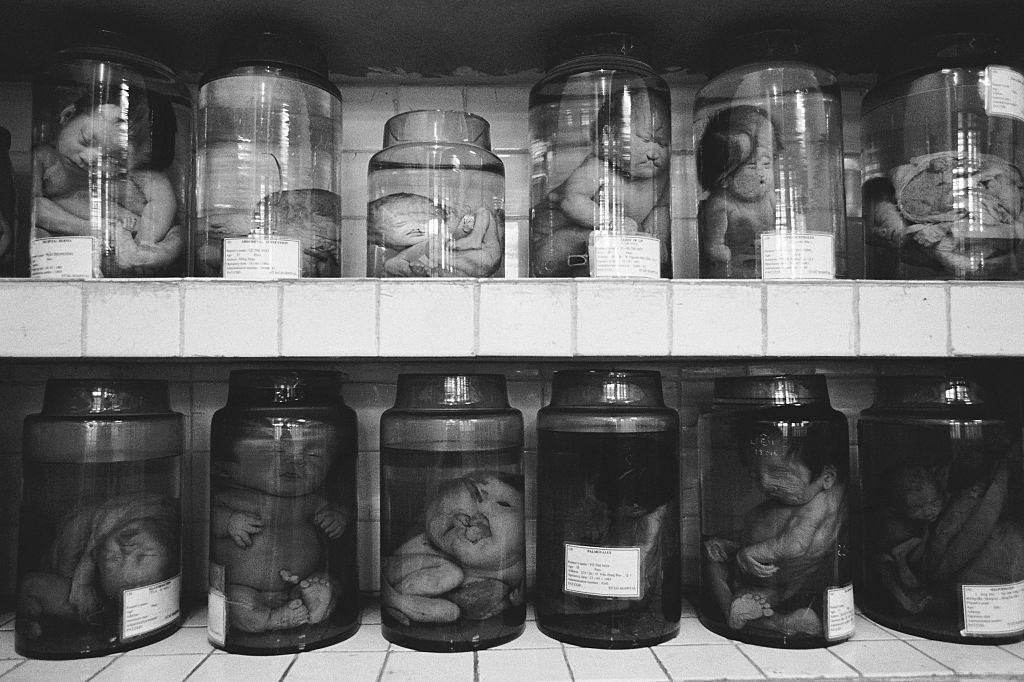
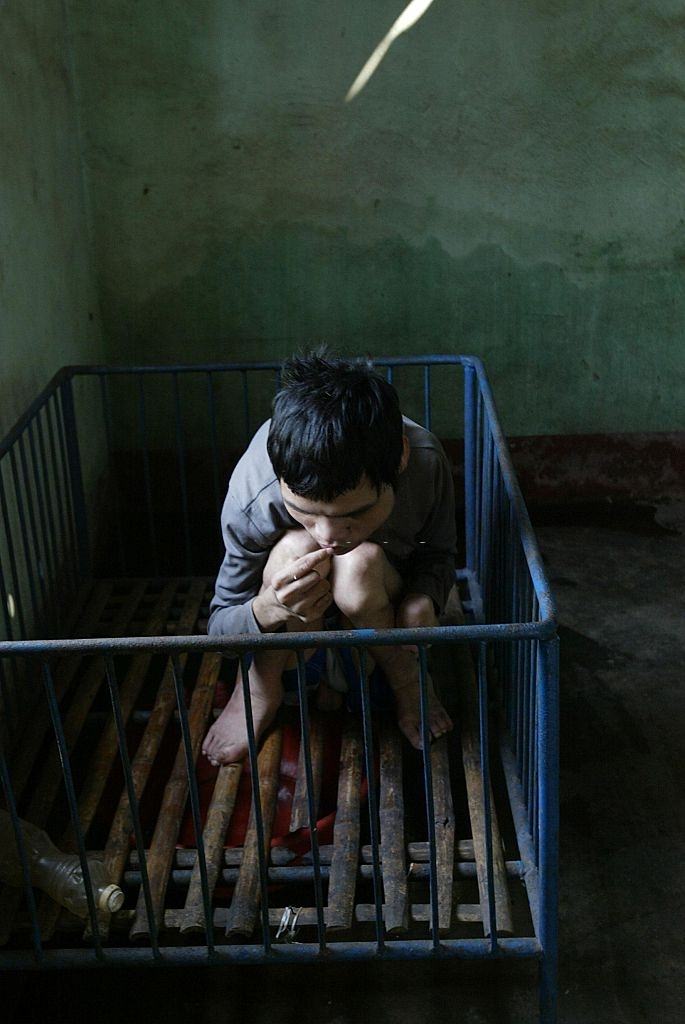
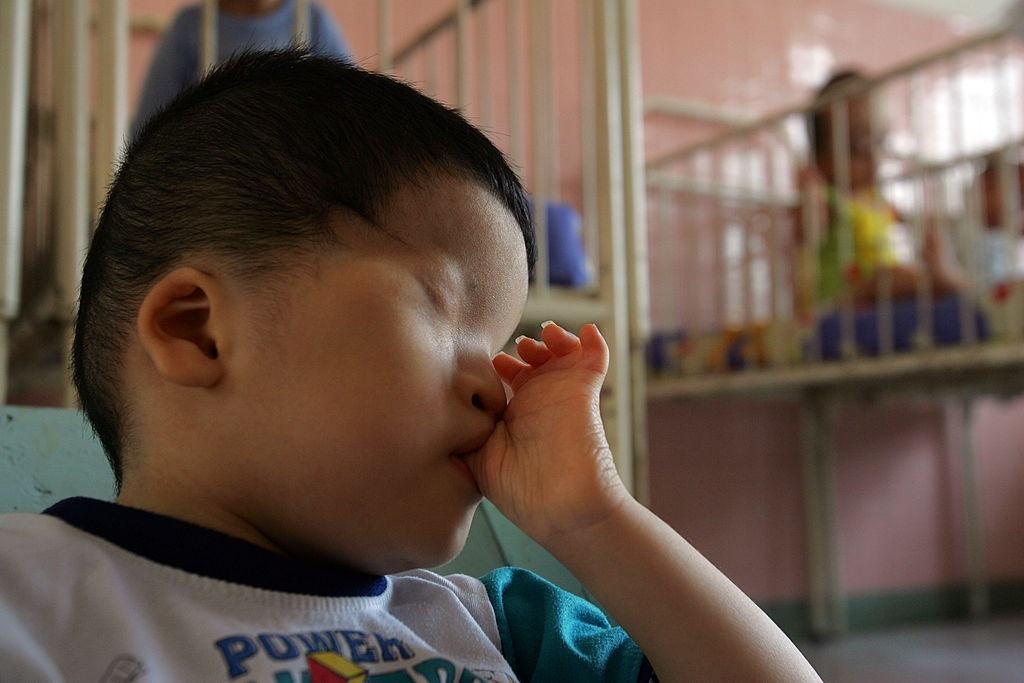
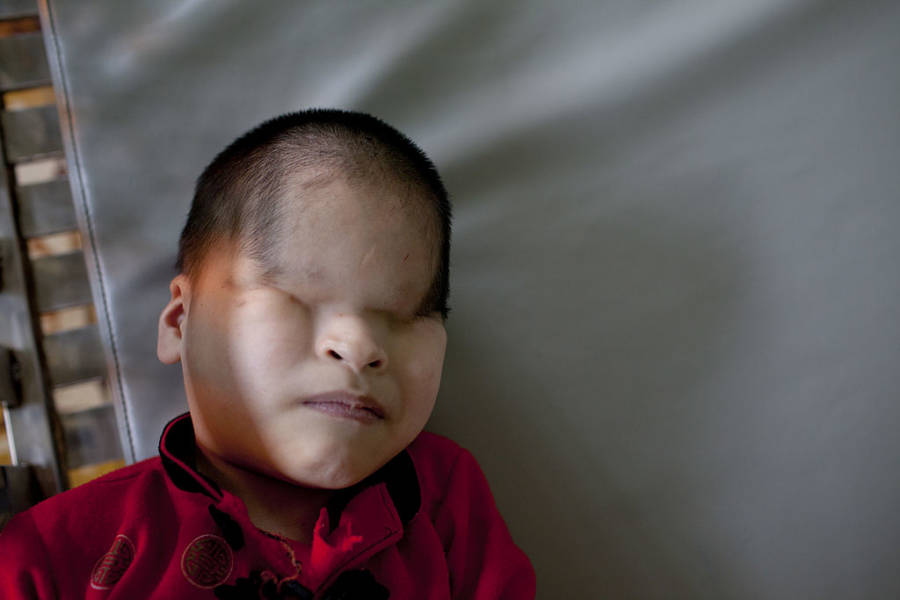
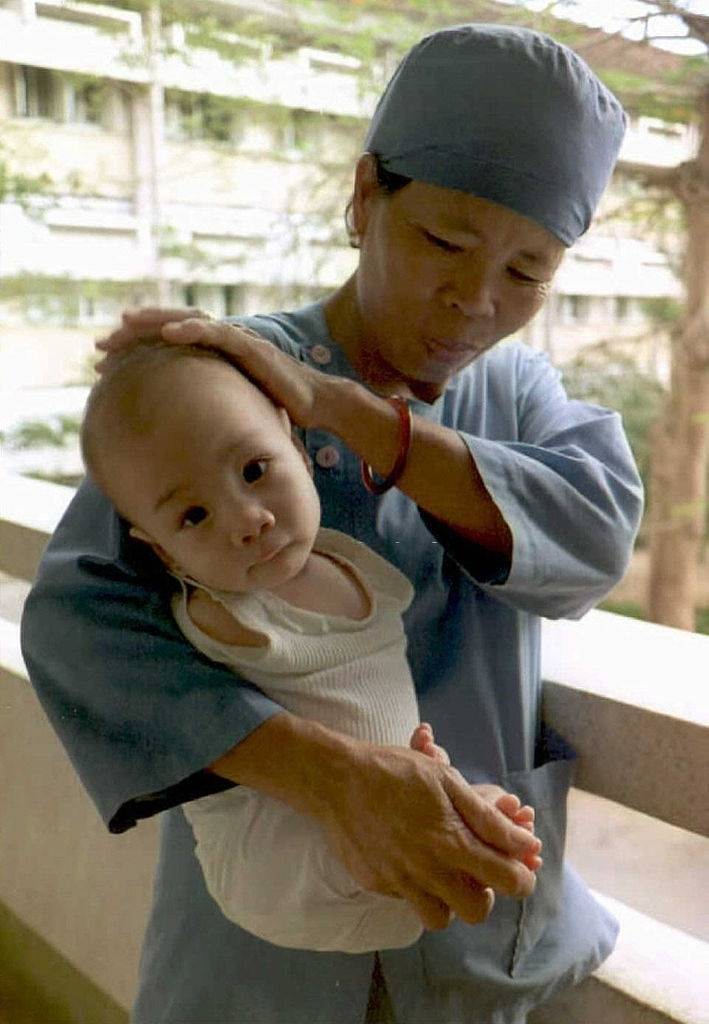
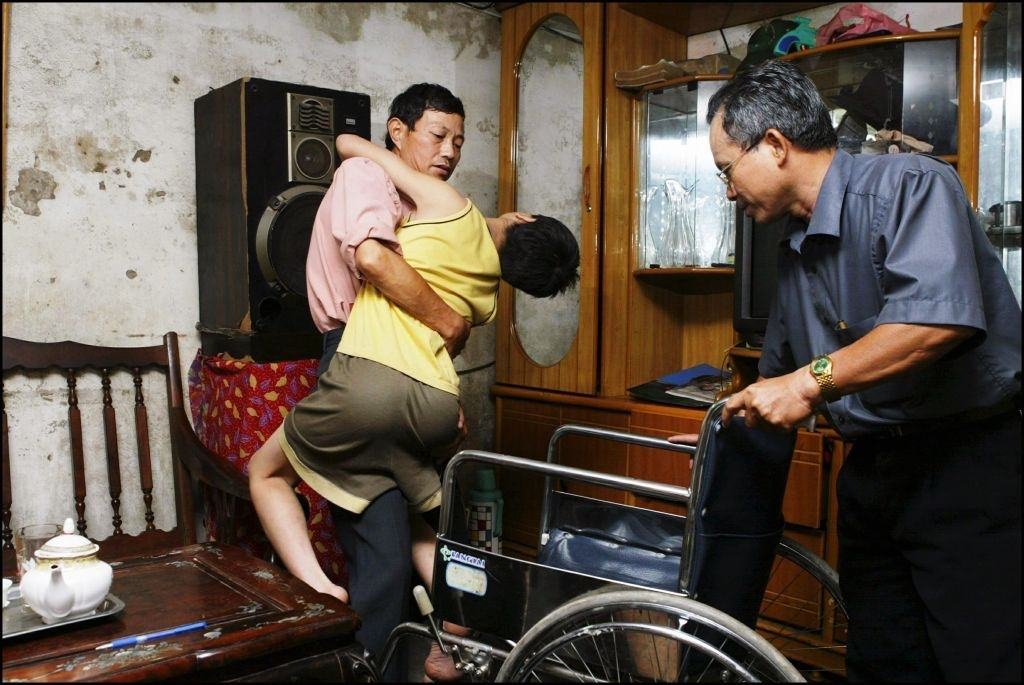
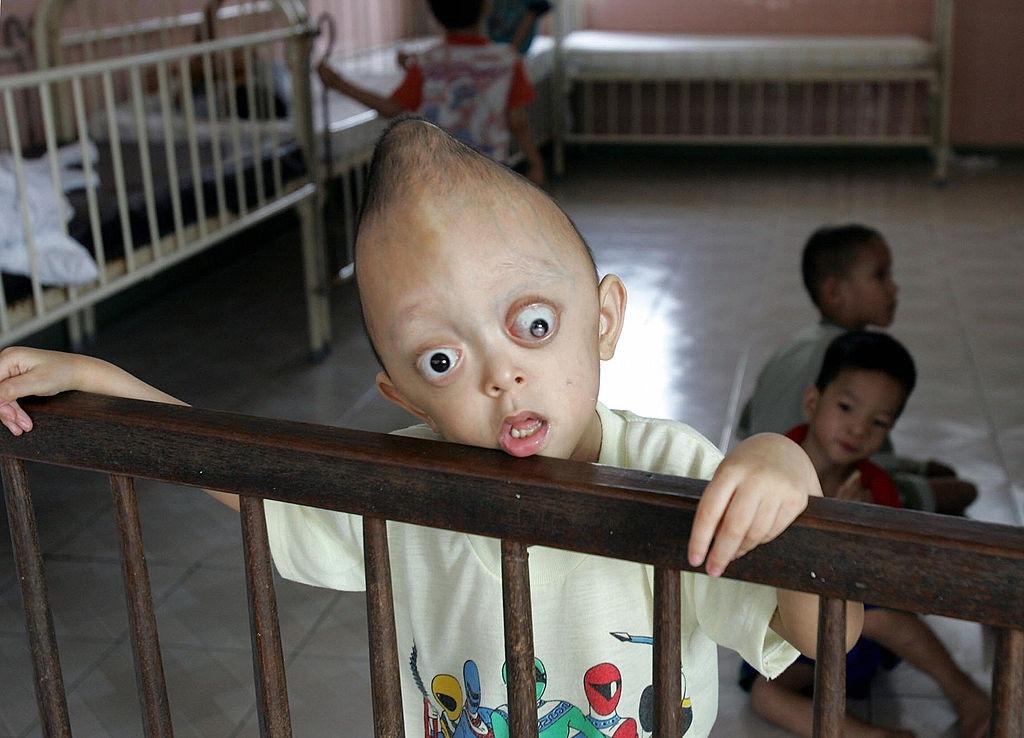
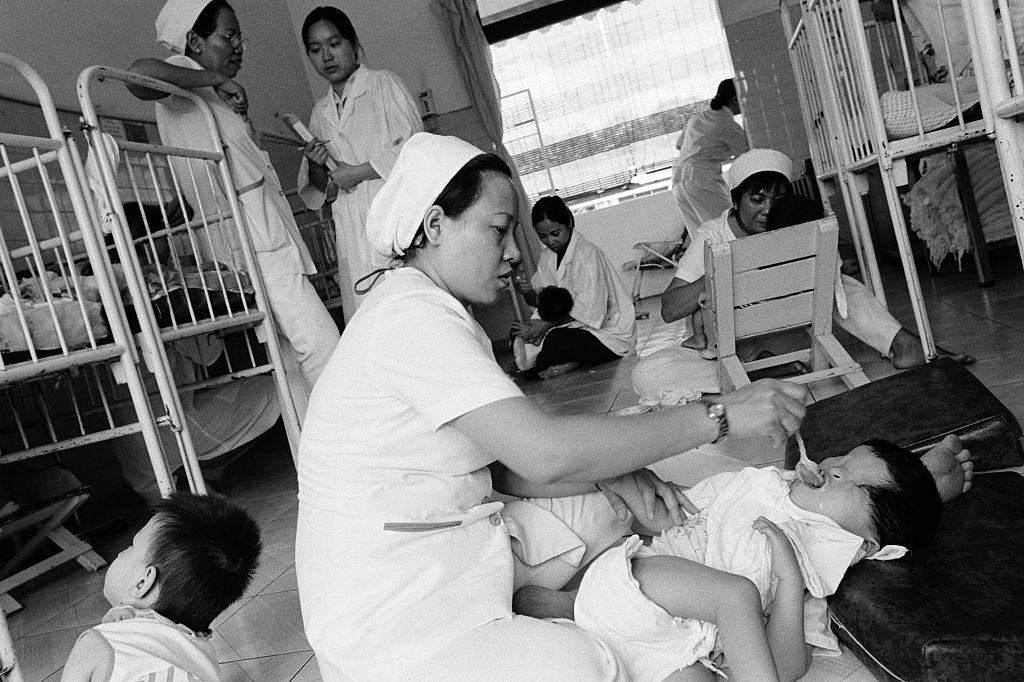
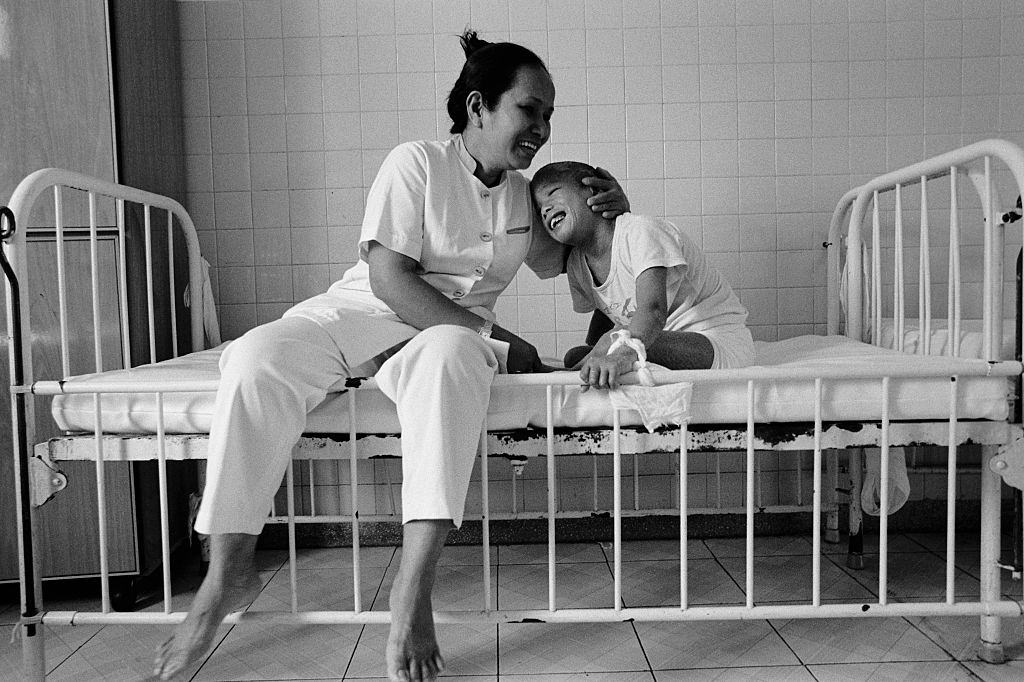
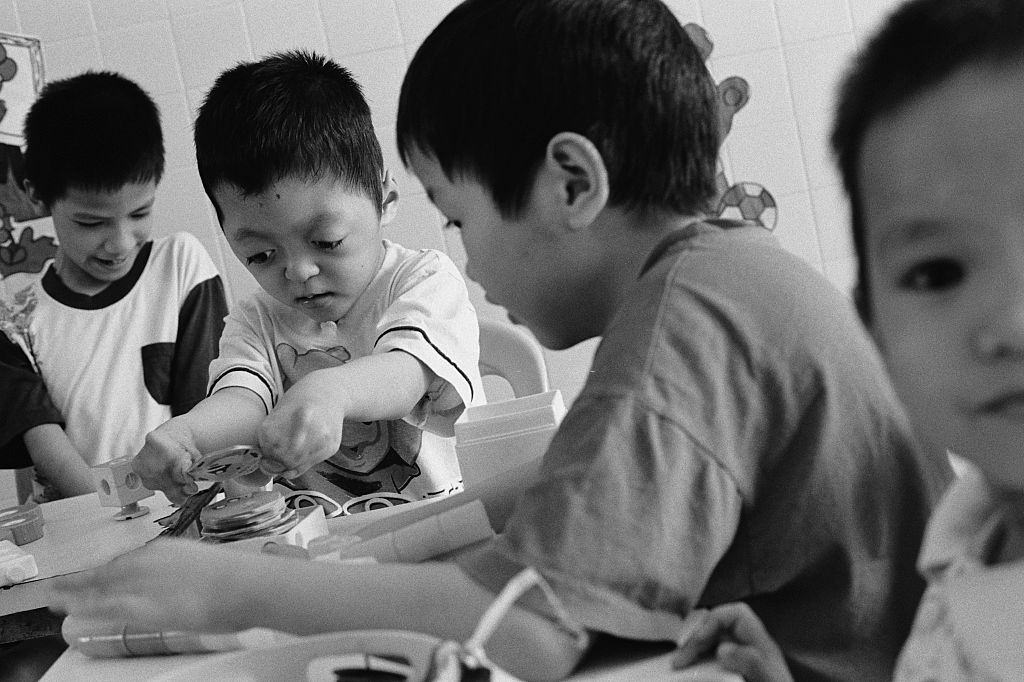
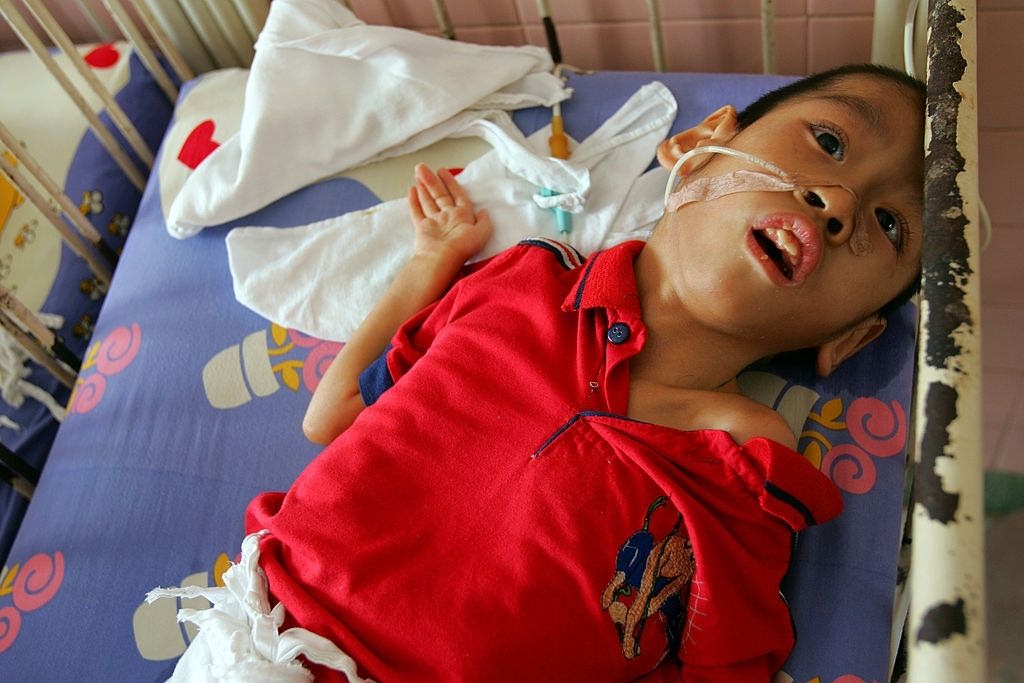
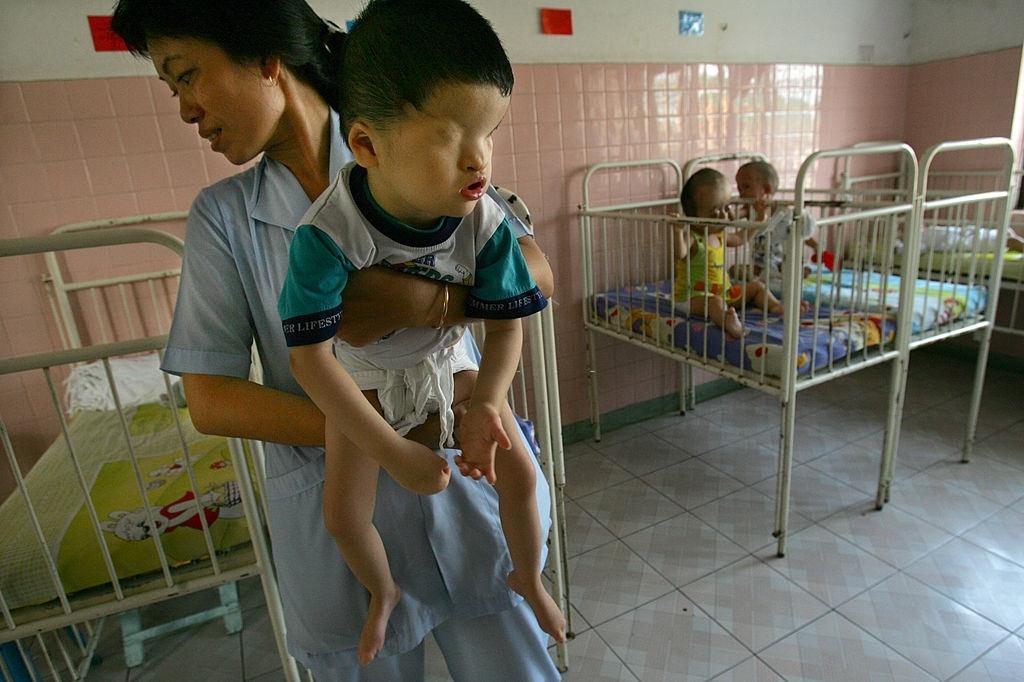
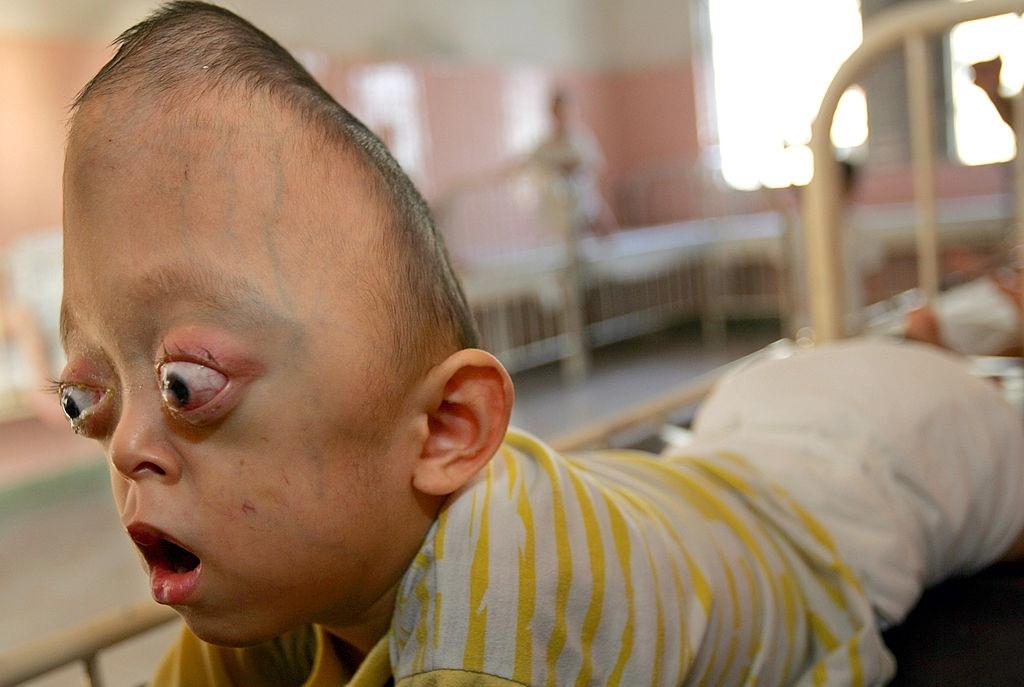
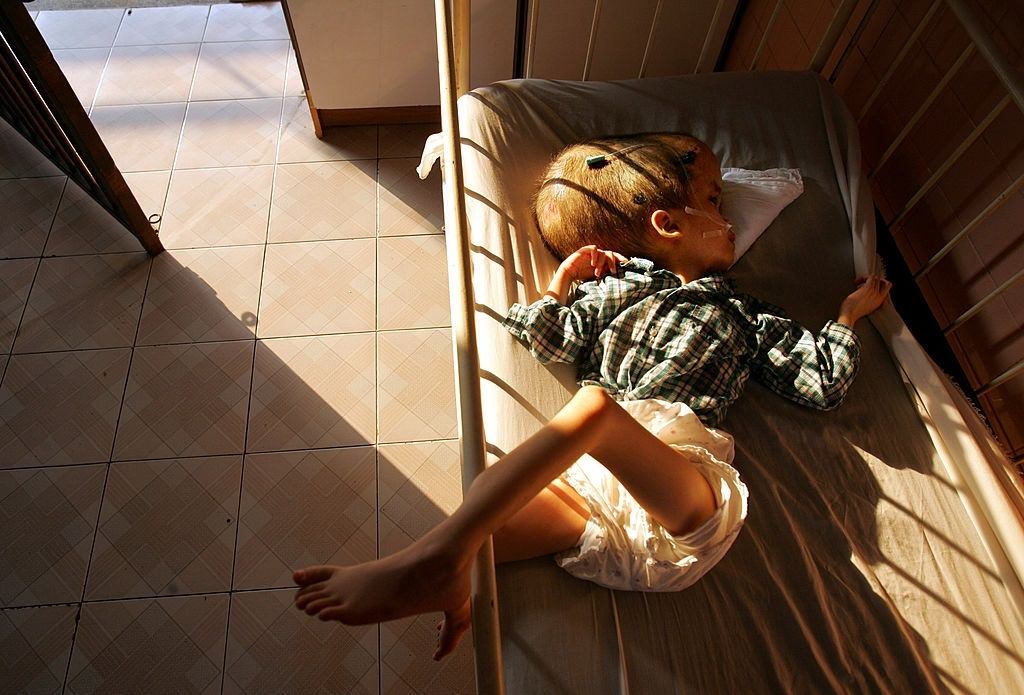
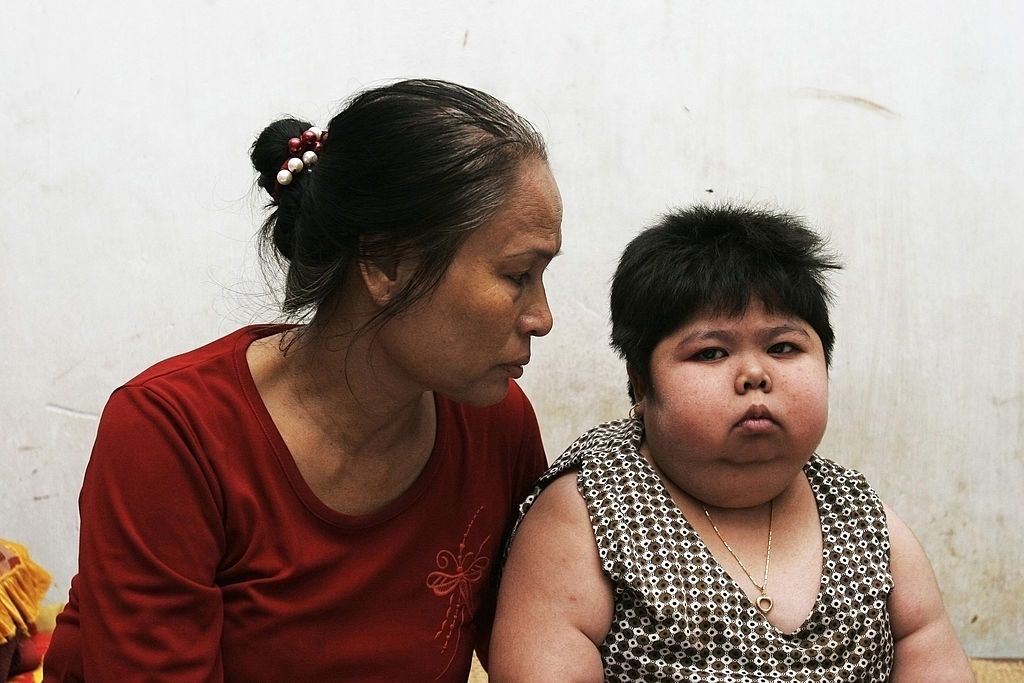
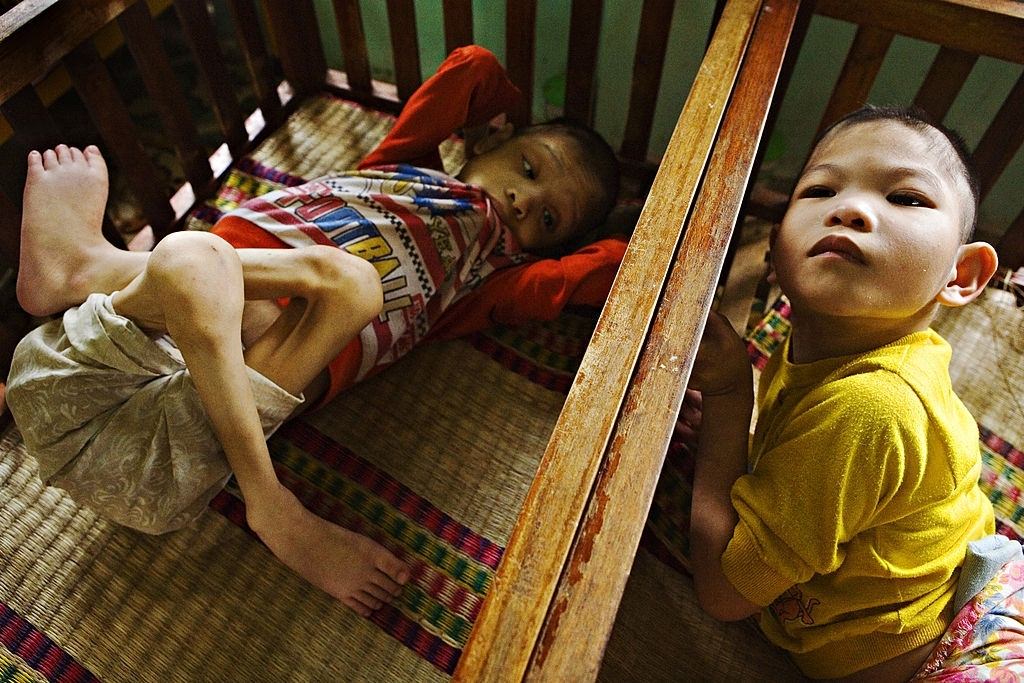
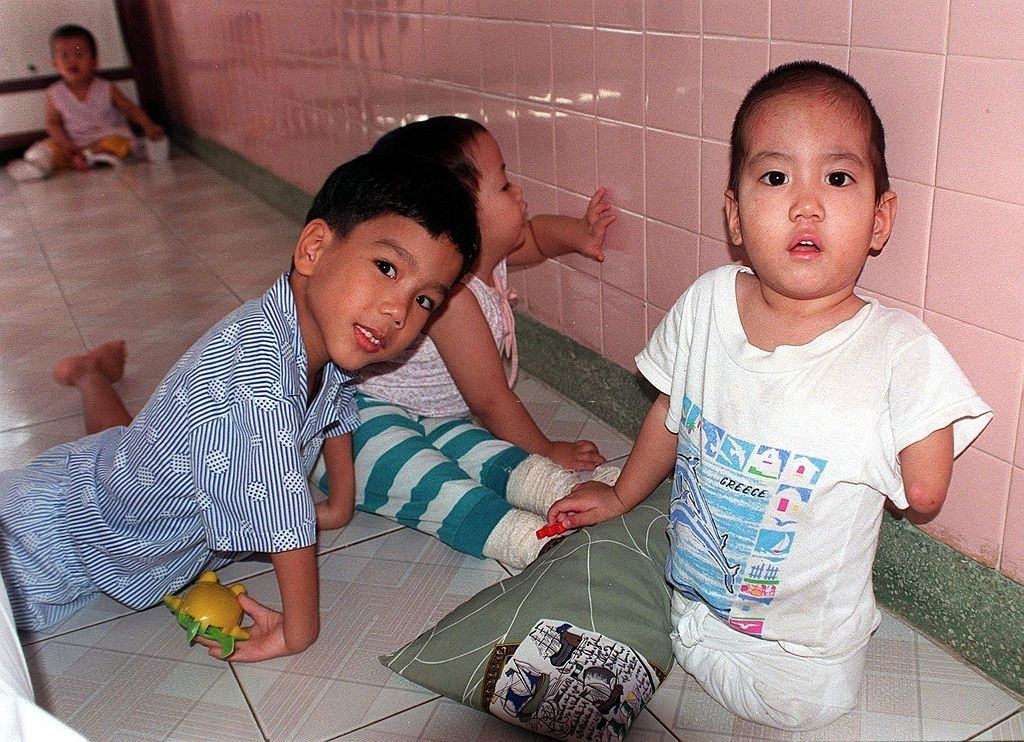
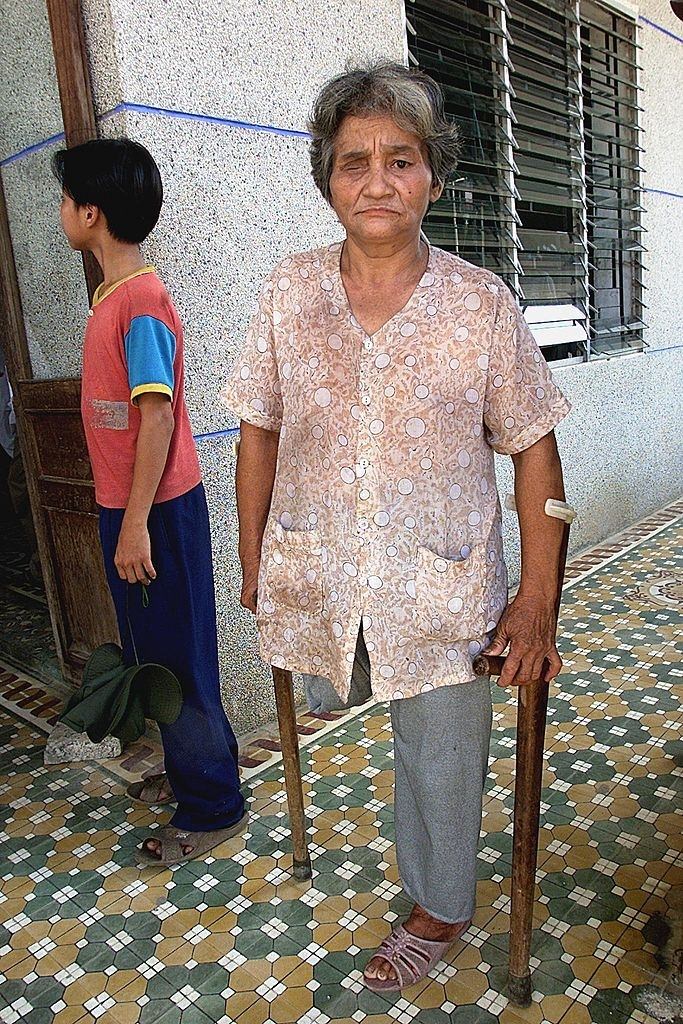
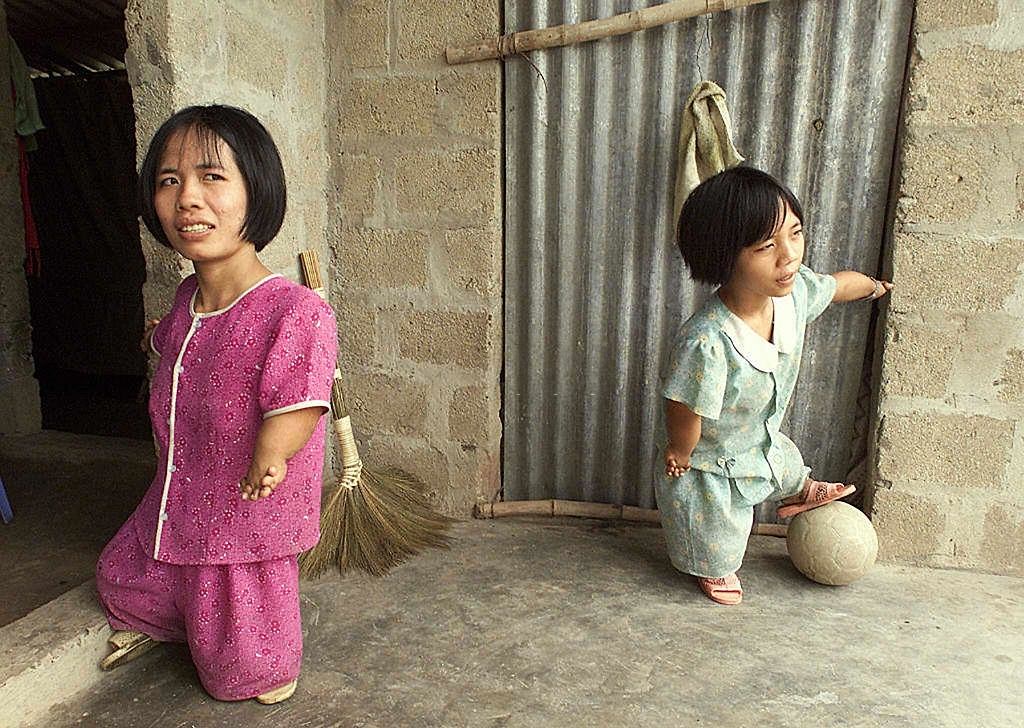
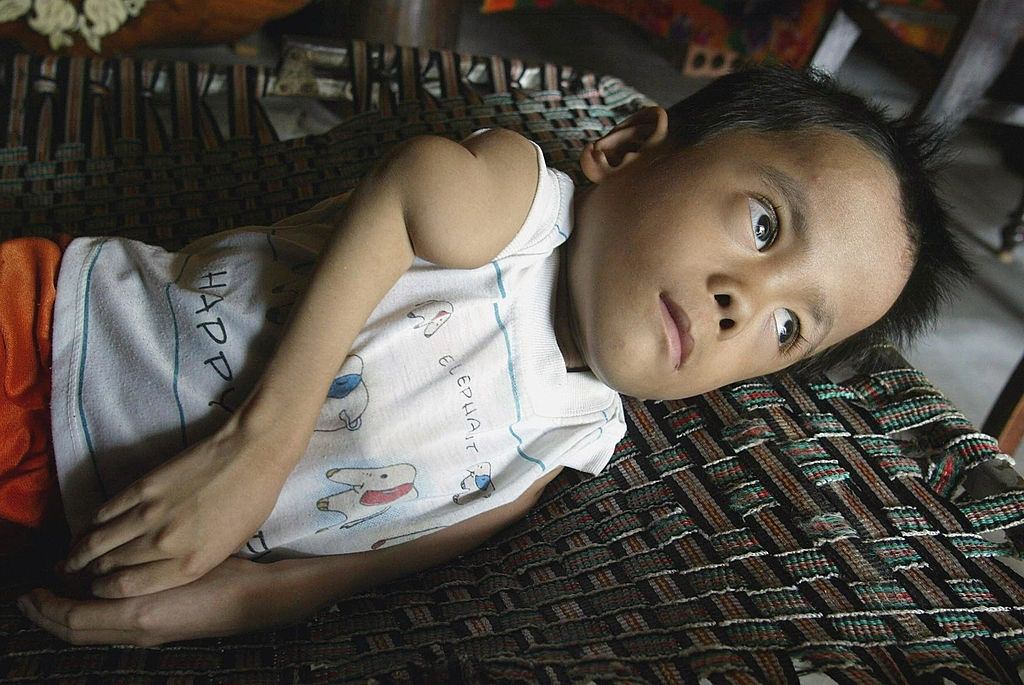
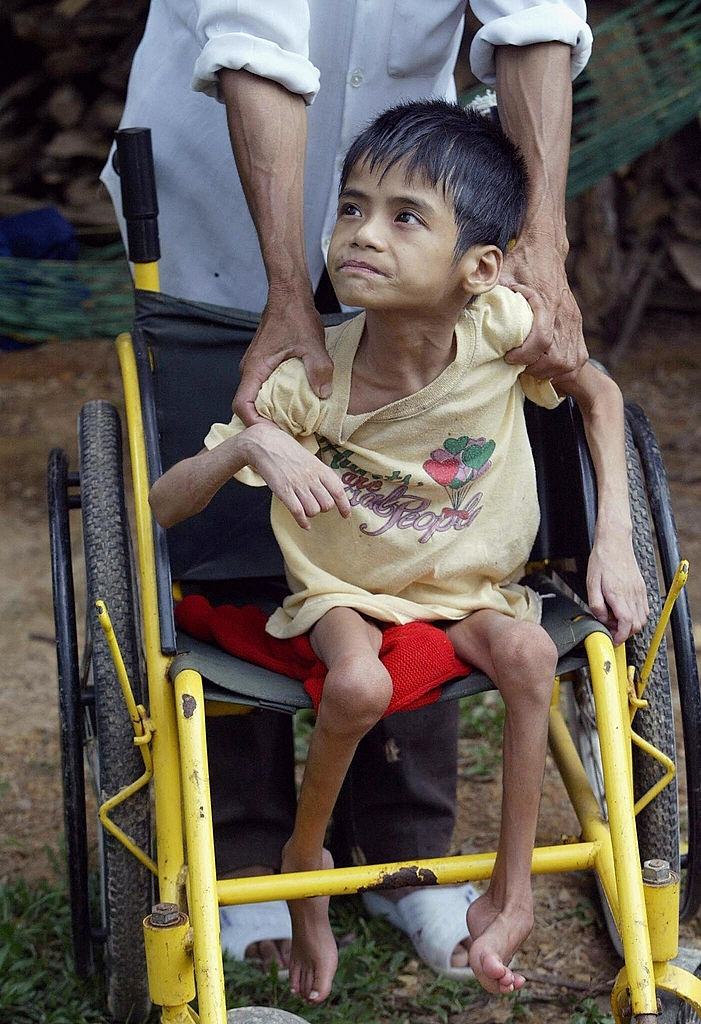
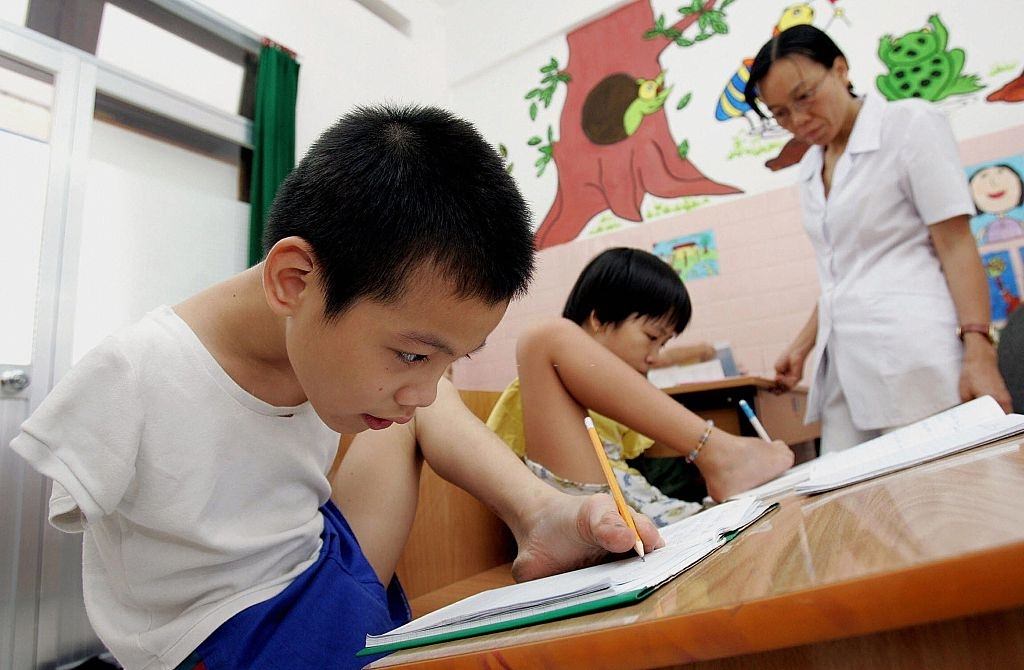
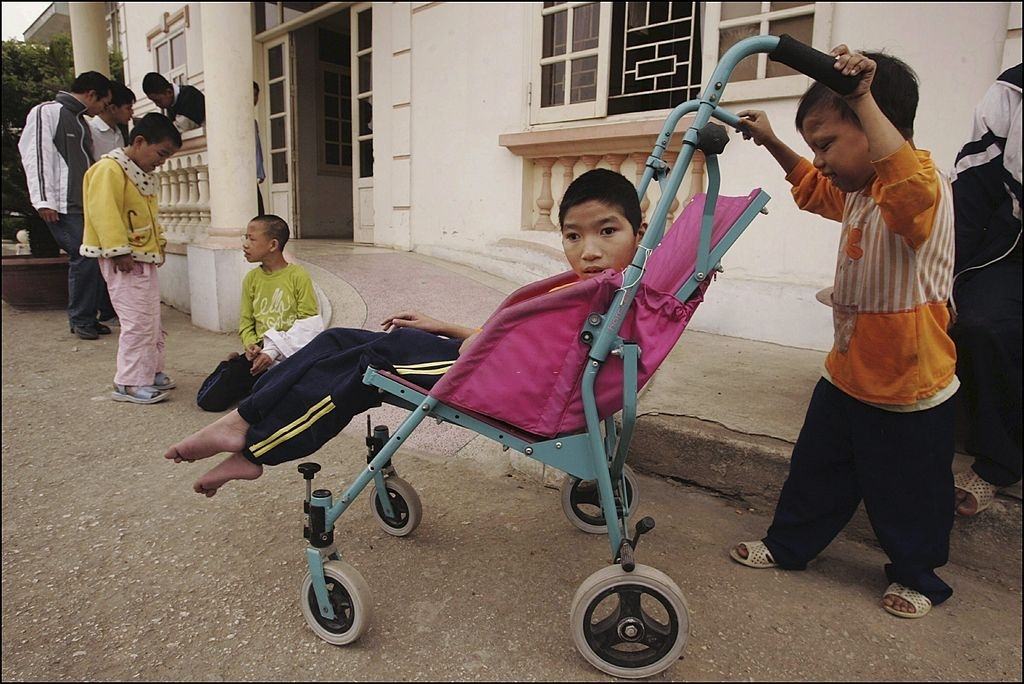
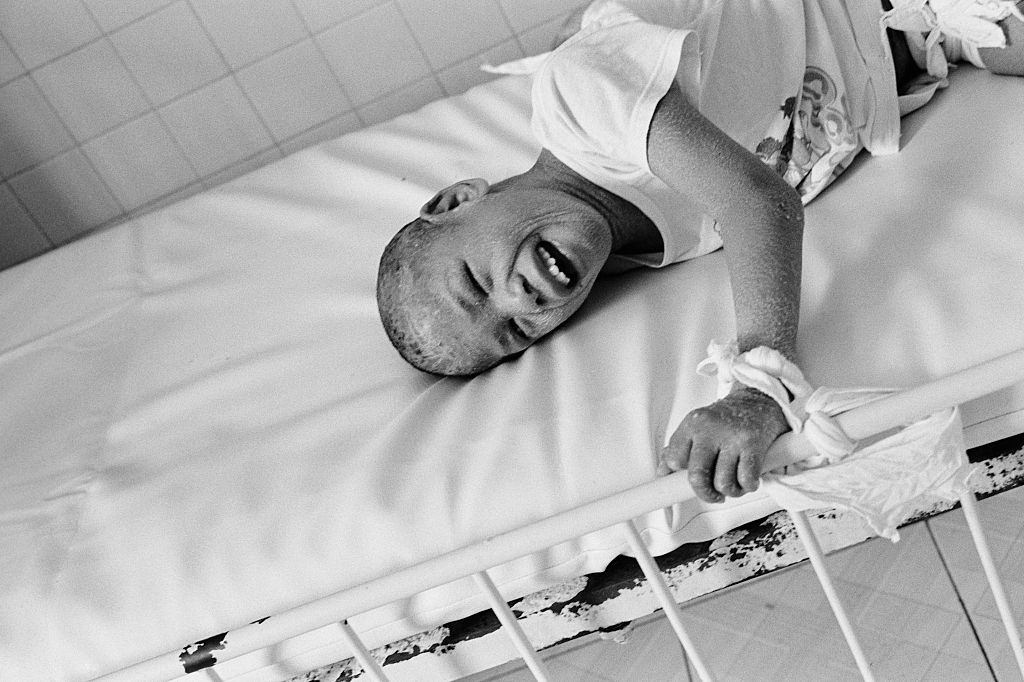
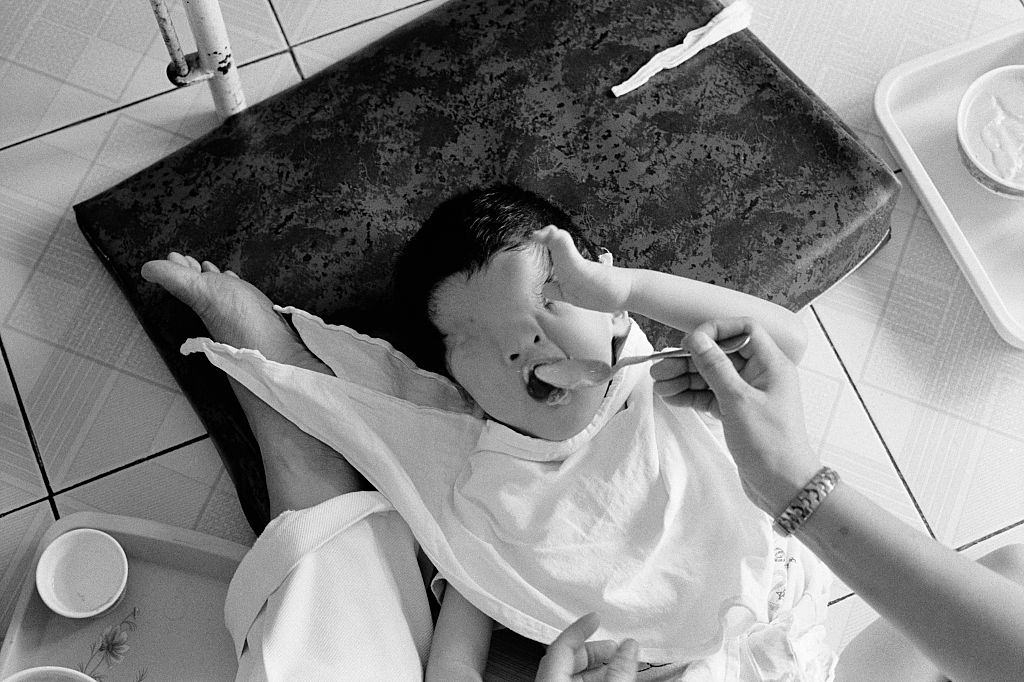
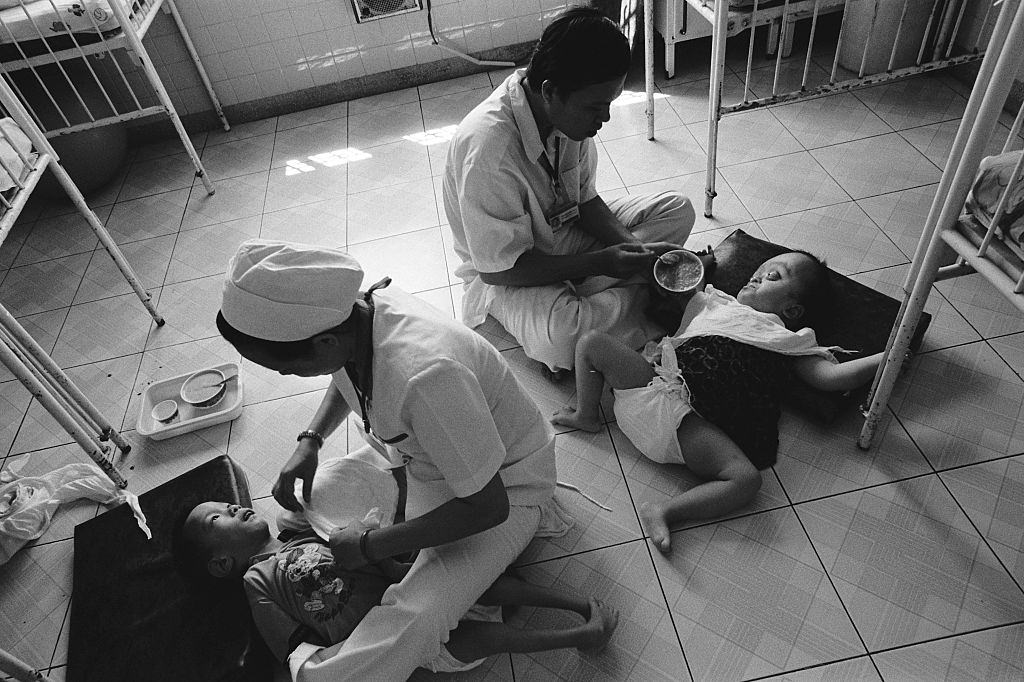
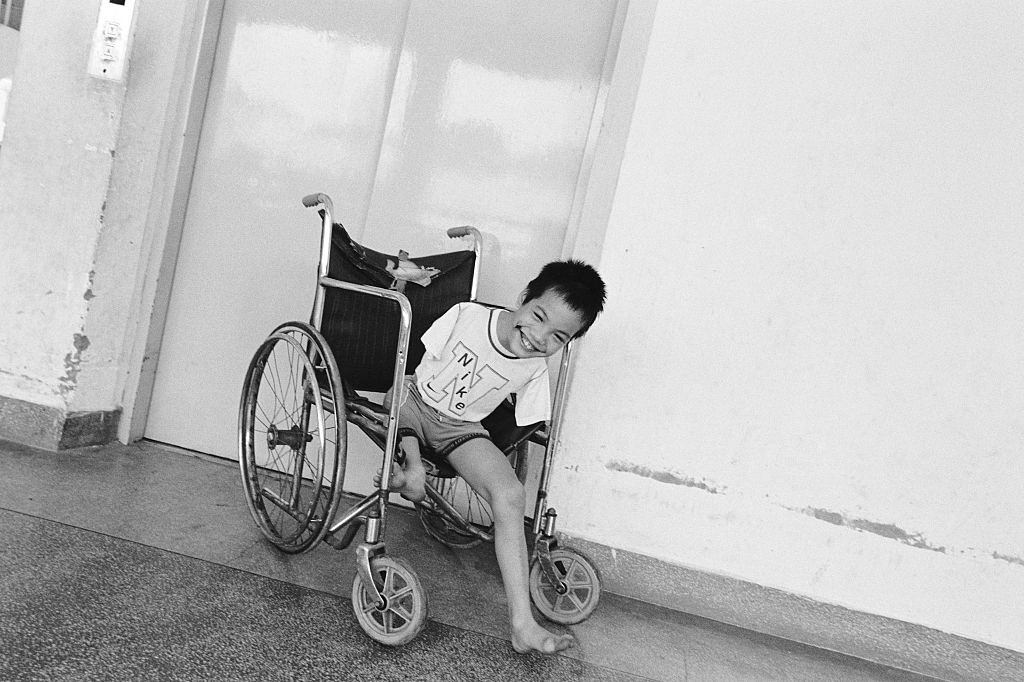
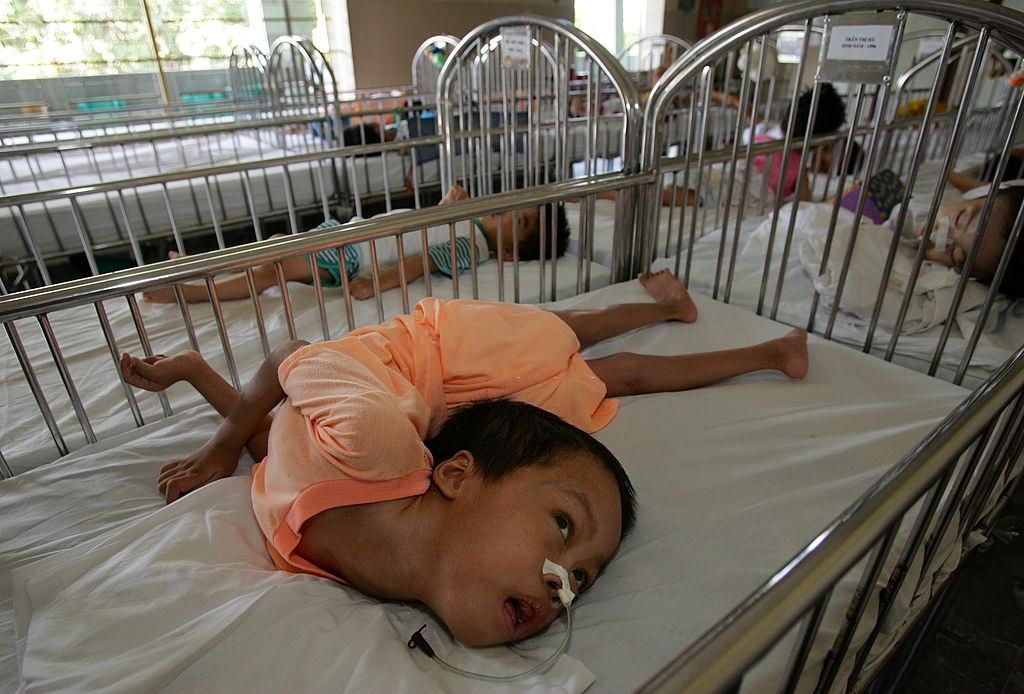
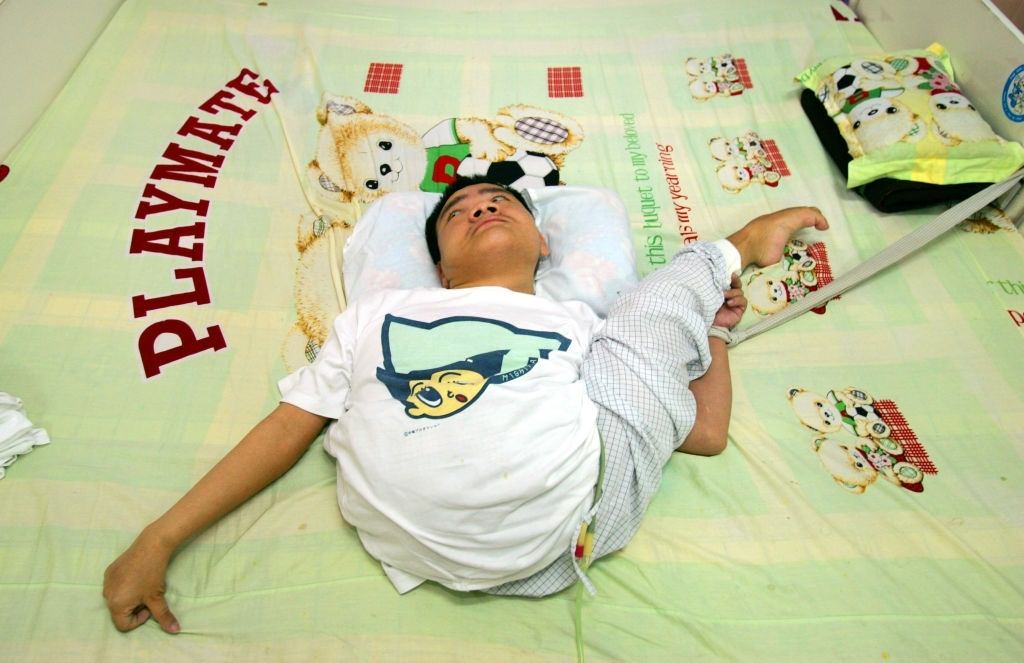
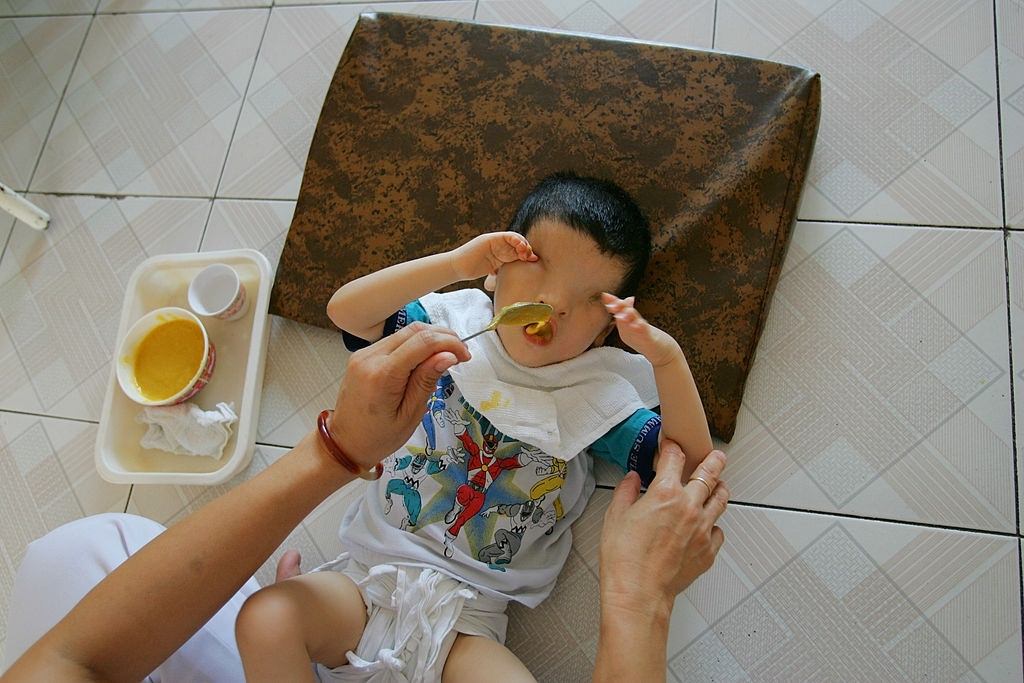
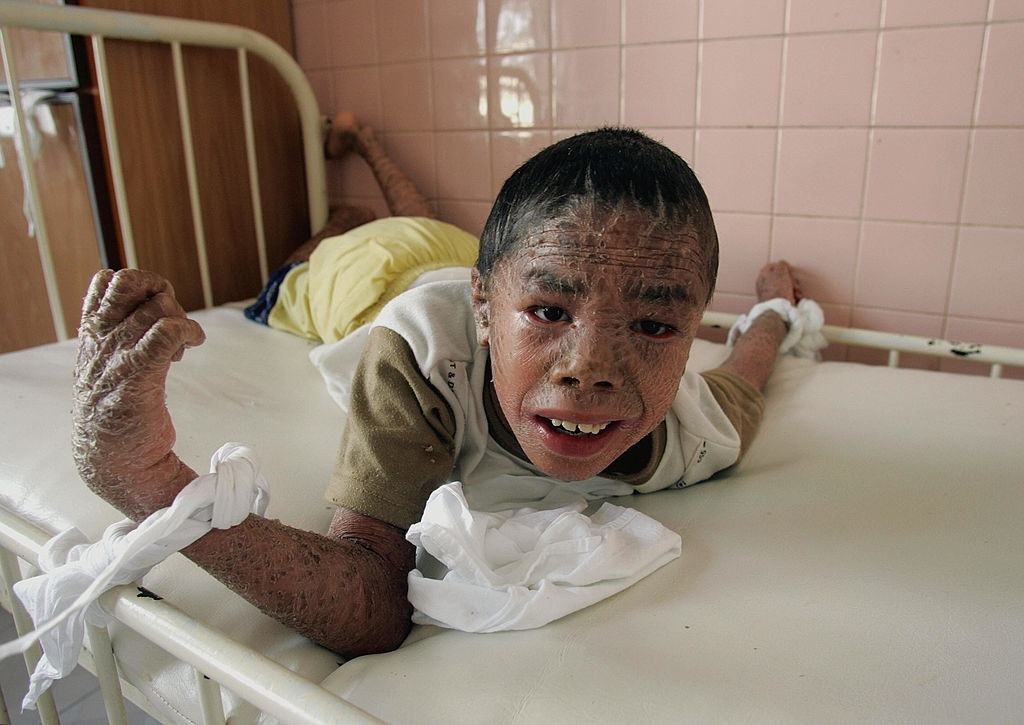
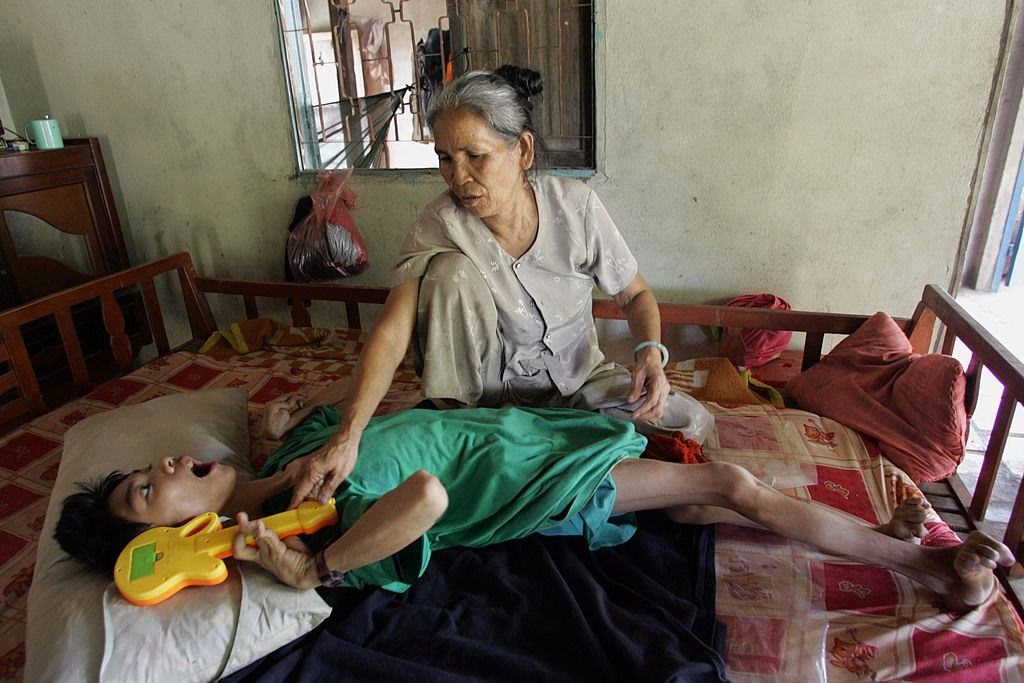
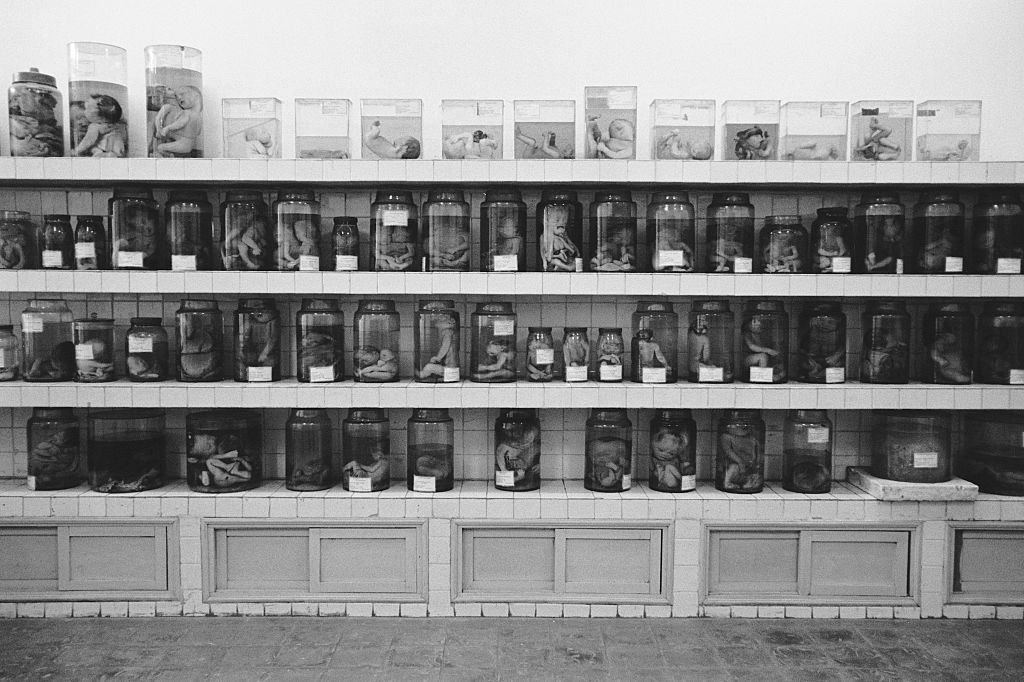
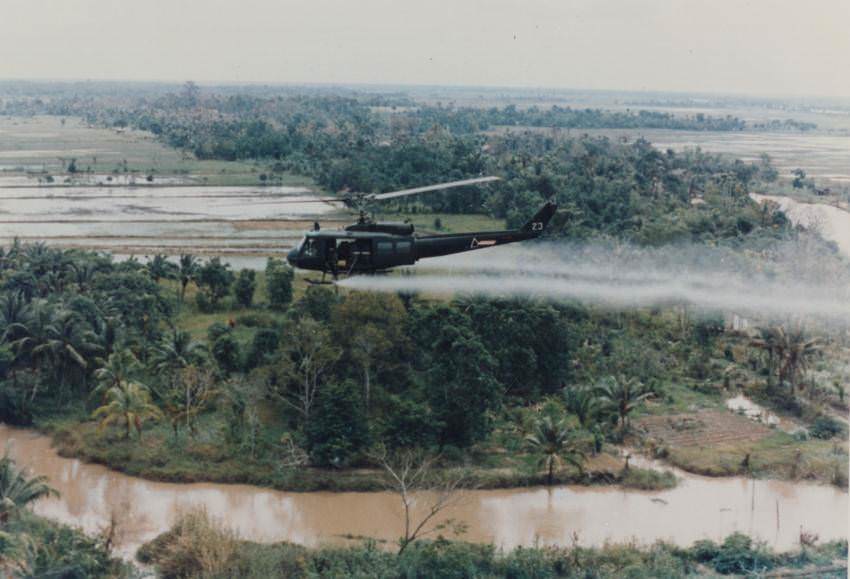
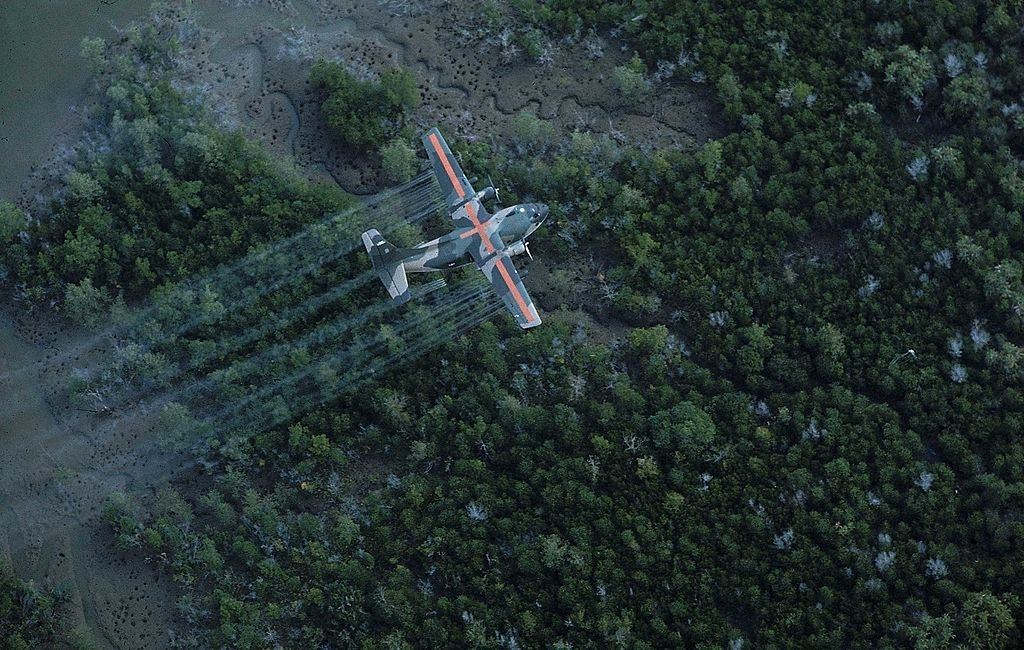
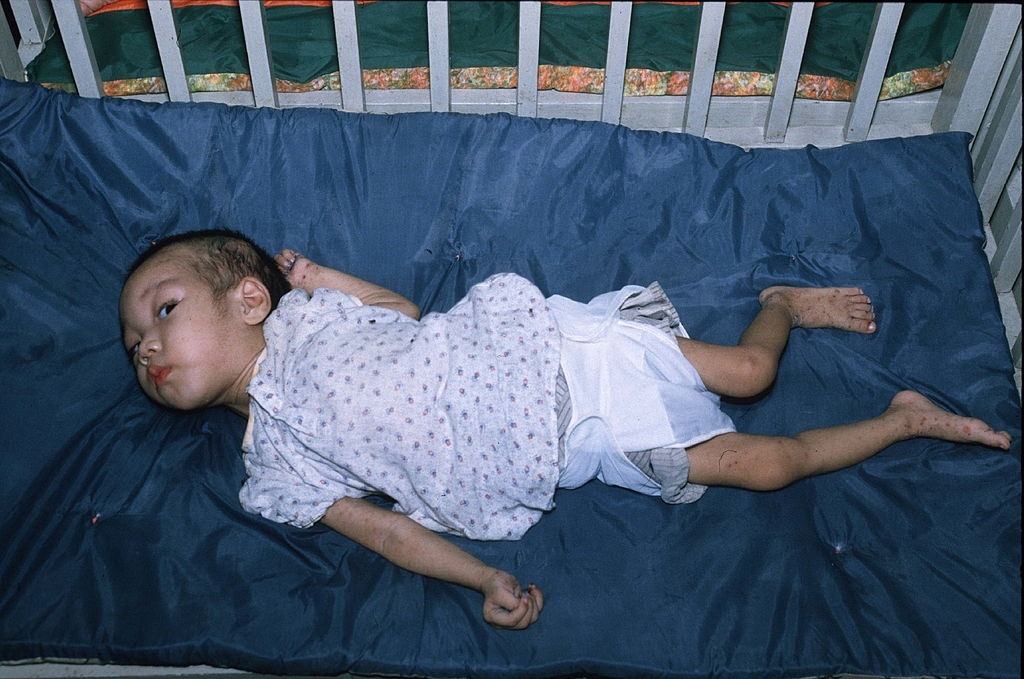

As an American, I find this disgusting. It’s hard to imagine how heartless a government/military can be during a pointless conflict. People are mad at our government for a reason, and I don’t blame them.
I think this is at the core of a lot of geo-political issues of our time. Americans are flabbergasted that other countries happily align with China or Russia even if they’re democratic* (word means wildly different things to different peoples). In Latam, Africa, and Asia, most people don’t believe anything Western media or governments say because they continue to parrot lies or disinformation in the interests of their leaders. Several years ago, Nelson Mandela was listed as a terror suspect by the United States! The system hasn’t changed dramatically where those same profit-seeking interests no longer hold power. If you’ve been colonized who are you gonna trust the former colonizers or the formerly colonized to assist you?
I think this Mandela quote is really illuminating “One of the mistakes which some political analysts make is to think their enemies should be our enemies, our attitude towards any country is determined by the attitude of that country to our struggle. Fidel Castro, Colonel Gaddafi, and Yasser Arafat support our struggle wholeheartedly. It is without reason that we should hesitate to hail their commitment to human rights, as they are being demanded in South Africa. They do not support [the anti-apartheid struggle] only in rhetoric; they are placing resources at our disposal for us to win the struggle.
America should at the very least fund all of that. Horrible..
Agent orange was used to clean up affected areas and aid disabled people in Vietnam and Laos during the Vietnam War. The US has a program to support cleanup and assist disabled people. Since the 90’s, it has included a few hundred million in aid. The contract was renewed in 2021 with an additional 95 million.
U.S. government has committed more than $400 million to addressing Vietnam’s Agent Orange legacy. It includes funding for environmental remediation, health and disability programs, as well as joint research. $100M for Da Nang Airport and $300M for Bien Hoa Airbase. Most of the funding for medical support is not specifically earmarked for damage caused by AO, but is earmarked for people who have disabilities in general. To avoid any actions that could be interpreted as an explicit admission of guilt or responsibility for Agent Orange’s consequences, this seems to be done. Once they get started, I can see it becoming a slippery slope/never ending cost due to the lack of definitive data (and that research would be expensive on its own).
The chemical companies should be charged more money to clean this up. As a American, we have a long history of doing the wrong thing.
The imperialist narrative always has to be defended with “they didn’t know” when it comes to unjustifiable aggression and brutal tactics.
The US defense budget for 2023 is over $800 billion. All of that can easily be funded with 0.01% of the budget.
they do not even pay their veterans , there is no way they would pay us
Meanwhile my daughter was taught in high school that people who suffer from Agent Orange poisoning are due to consuming food from China.
That’s the American way. Blame everything on others.